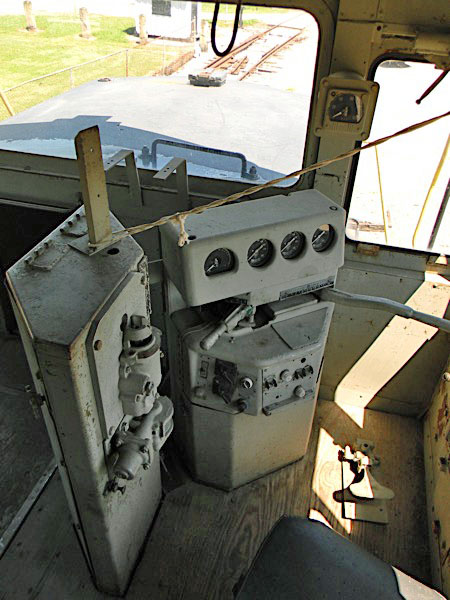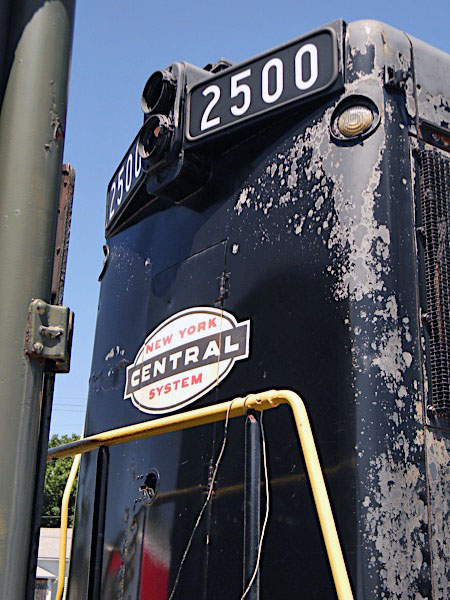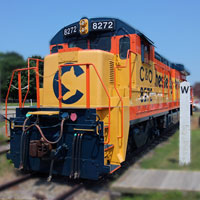 |
Lake Shore Railway Museum Locomotive Collection |

Chicago South Shore & South Bend #802
North East, Pa / Aug 2013 / RWH


Chicago South Shore & South Bend #802
retired from service 1983
series nicknamed "800's"


Aug 2013 / RWH
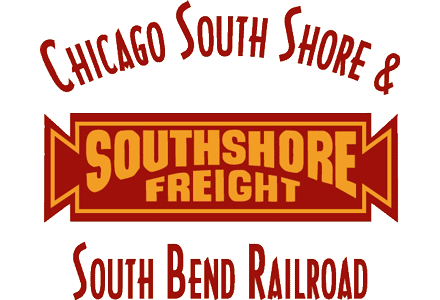
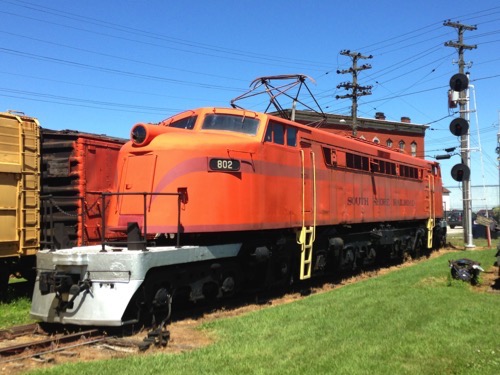
North East, Pa / Aug 2013 / RWH

North East, Pa / Aug 2013 / RWH
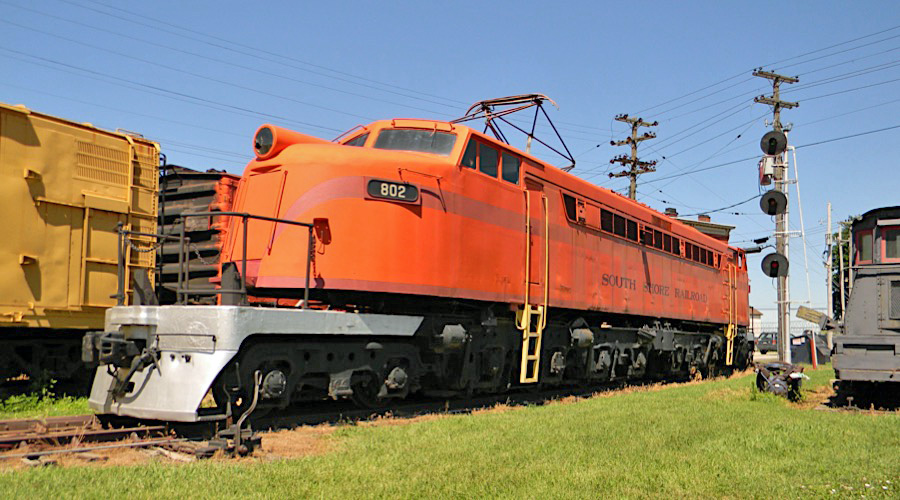
North East, Pa / Aug 2013 / RWH
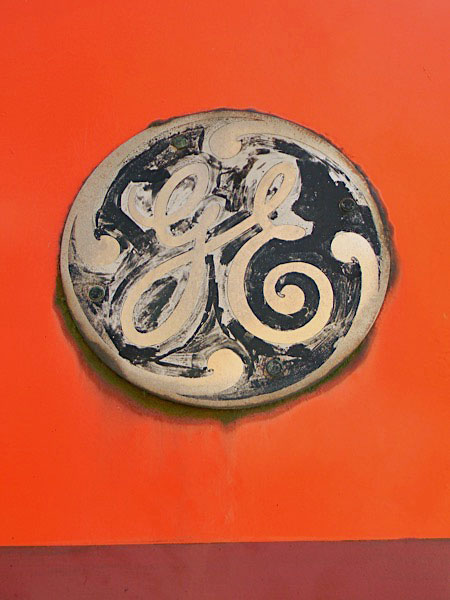
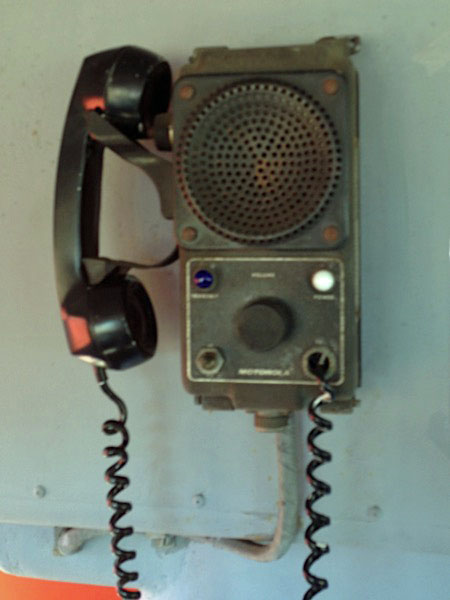
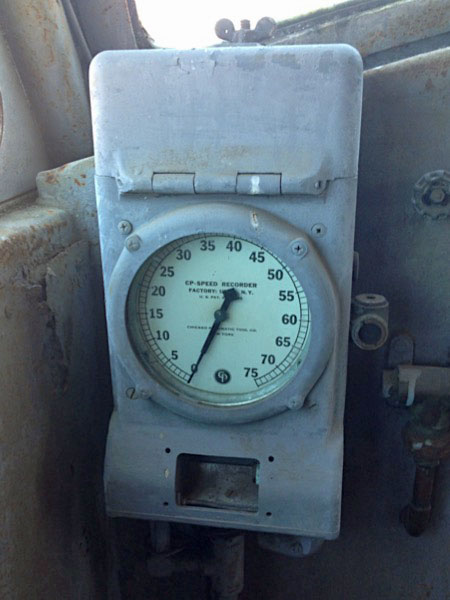
Aug 2013 / RWH
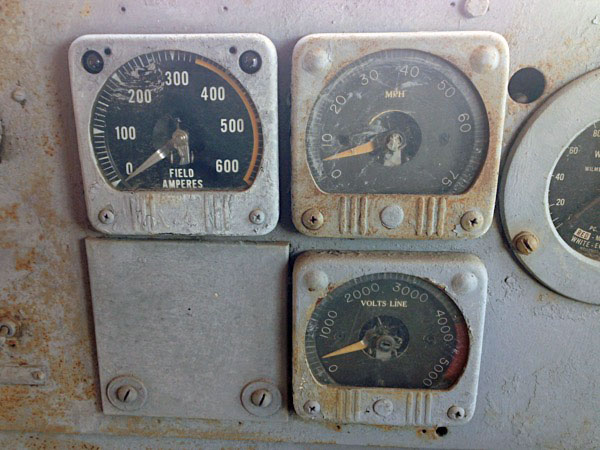
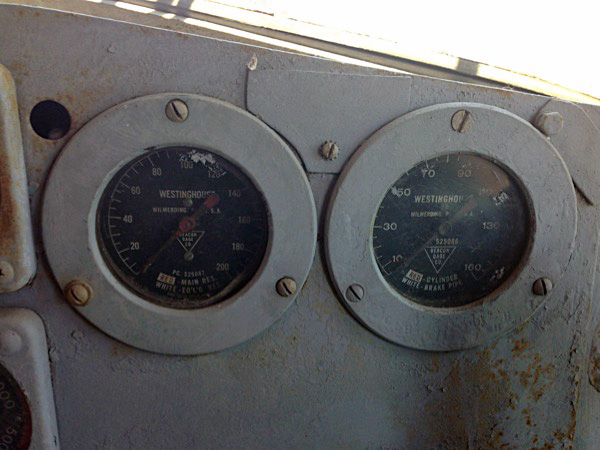
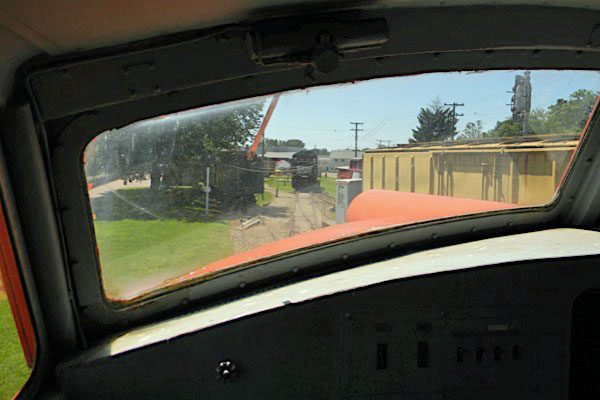
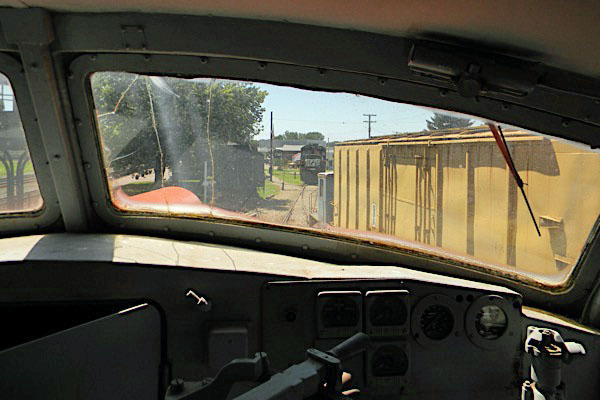
Aug 2013 / RWH

North East, Pa / Aug 2013 / RWH
 "Little Joe" electrics
"Little Joe" electrics
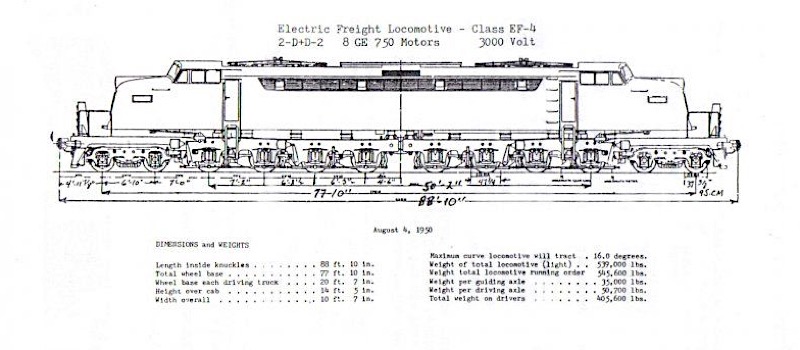
The Little Joe was a type of railroad electric locomotive built by General Electric for export to the Soviet Union (USSR) in the 1950s. The locomotives had twelve axles, eight of them powered, in a 2-D+D-2 arrangement. They were originally designed to operate on Soviet Railways (SZhD) 3,300-volt DC overhead line system.
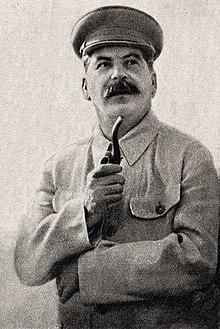 After the Second World War, the Soviet Railways continued their electrification programme, this time targeting the Kropachyovo-Zlatoust-Chelyabinsk line of the South Ural Railroad. As local factories were recovering from the war efforts, the Soviet government (then led by Joseph Stalin), ordered 20 of these locomotives. Known by their factory classification of GE 2-D+D-2 406/546 8-GE 750-3300V, in the Soviet Union, they would have received the classification of the A-series locomotive. At the time, this was the strongest electric locomotive, producing a power of 4320 kW, being comparable to the UP Big Boy.
After the Second World War, the Soviet Railways continued their electrification programme, this time targeting the Kropachyovo-Zlatoust-Chelyabinsk line of the South Ural Railroad. As local factories were recovering from the war efforts, the Soviet government (then led by Joseph Stalin), ordered 20 of these locomotives. Known by their factory classification of GE 2-D+D-2 406/546 8-GE 750-3300V, in the Soviet Union, they would have received the classification of the A-series locomotive. At the time, this was the strongest electric locomotive, producing a power of 4320 kW, being comparable to the UP Big Boy.
The locomotives were built by GE at Erie, PA, with the supervision of Soviet specialists. The Ministry of Railways of the USSR was so confident about receiving these locomotives, that they were also allocated running numbers, initially 1591-1610 and later 2301-2320. The first test run of the locomotive (unit A1598) took place on 7 September 1948 on a test track of the NYCRR.
GE built 20 locomotives of this type, but the company was prohibited from delivering them as relations between the United States and Soviet Union deteriorated into what became known as the Cold War. Fourteen were built to the track gauge of 5 ft (1,524 mm) and the final six were built to 4 ft 8 1/2 in (1,435 mm) standard gauge.
The locomotives were never delivered because the US State Department banned sales of strategic goods to the Soviet Union whilst production was underway. This included the electric locomotives, which were considered strategical to the Soviet Railways. Before the ban, the tensions between the USA and USSR caused the Soviet railway engineers to be recalled back to their country. GE completed their locomotives, but they were left with no owner.
[Of the original 20 locomotives,] three had gone to the Chicago South Shore and South Bend Railroad (the South Shore Line), and five to the Companhia Paulista de Estradas de Ferro of Brazil. The Milwaukee Road bought the remaining 12 locomotives for $1 million. The Milwaukee's operating employees referred to the EF-4/EP-4 units as Little Joe Stalin's locomotives, which was eventually shortened to simply Little Joe.
The South Shore, while primarily a commuter railroad between Chicago, Illinois, and northwestern Indiana, used them in freight service. They had to be modified to operate on 1500 V DC catenary, and were delivered with roller bearings on all axles as on the Milwaukee EP-4s. In service on the South Shore the "Little Joe" name was not generally used; the locomotives were referred to as "800s". Two of the three lasted until 1983, making them the last electrics in regular mainline freight service on a US common-carrier railroad. Two 800s survive today, 802 at the Lake Shore Railroad Museum, and 803 in running condition at the Illinois Railway Museum, and is occasionally operated.
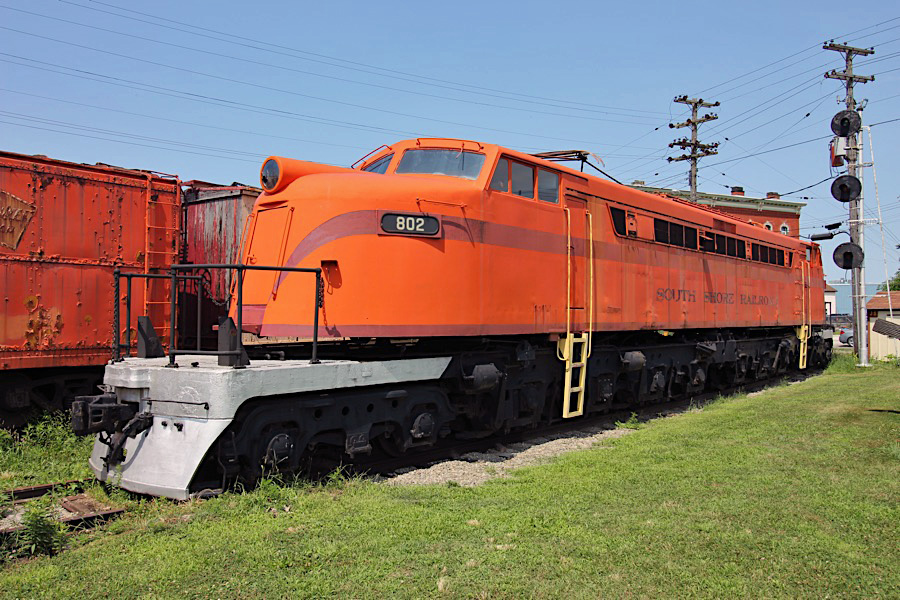
North East, Pa / Jul 2019 / RWH
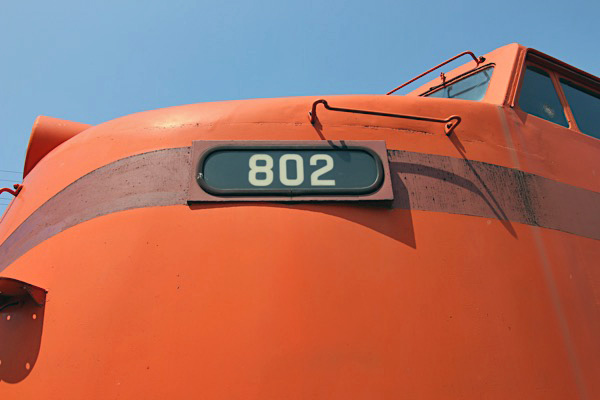
North East, Pa / Jul 2019 / RWH
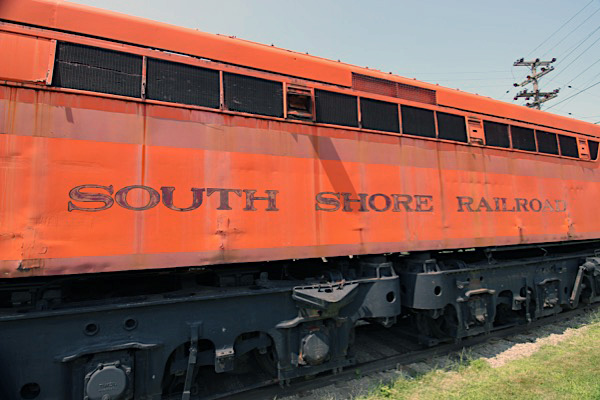
North East, Pa / Jul 2019 / RWH
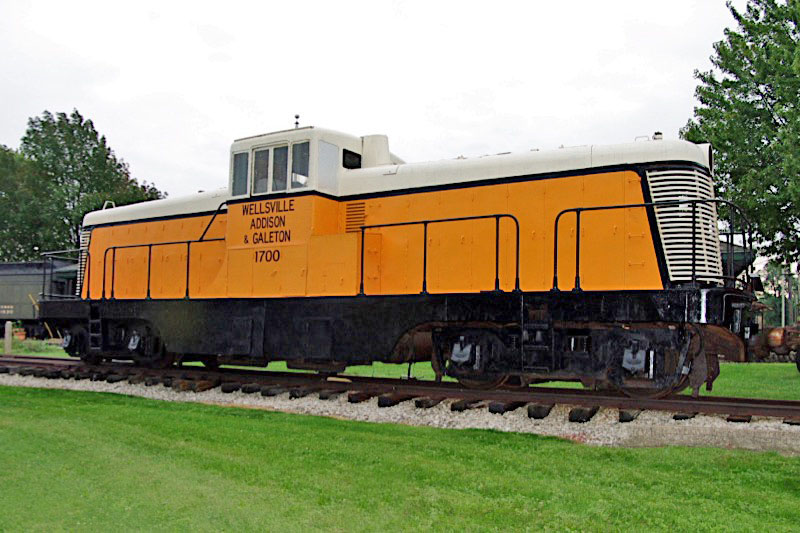
Wellsville, Addison & Galeton #1700
North East, Pa / Lake Shore Museum


Wellsville, Addison & Galeton #1700
to Wellsville, Addison & Galeton #1700
1 of 7 ex Ford Motor locos on WAG roster

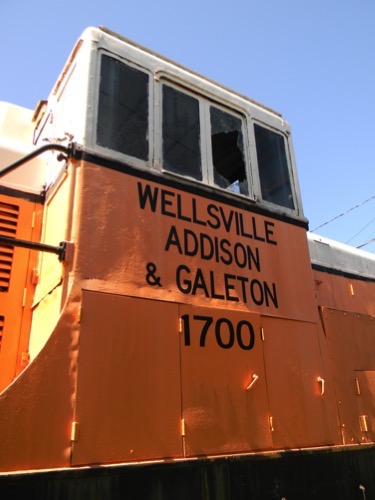
North East, Pa / Aug 2013 / RWH
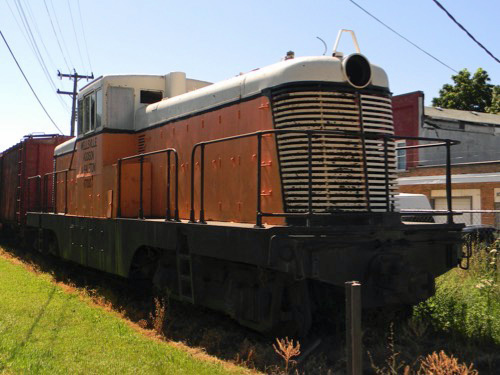
North East, Pa / Aug 2013 / RWH

Of the nation's independent short line railroads, the Wellsville, Addison & Galeton Railroad, known affectionately as the WAG, must rank as one of the most picturesque and interesting companies in business today. With its beautiful setting in the Allegany foothills, meandering branch lines, short trains, large fleet of wooden outside braced "mini-cube" box cars, and now a stable of former main line F-7 diesel engines, the WAG carries on the grand traditions of railroading on a miniature scale. It is for this reason that the WAG has attracted so much at- tention among railroad connoisseurs in recent years.
Edward A. Lewis - Wellsville Addison & Galeton Railroad: Sole Leather Line, 1971

from Wellsville Addison & Galeton Railroad: Sole Leather Line
/ collection
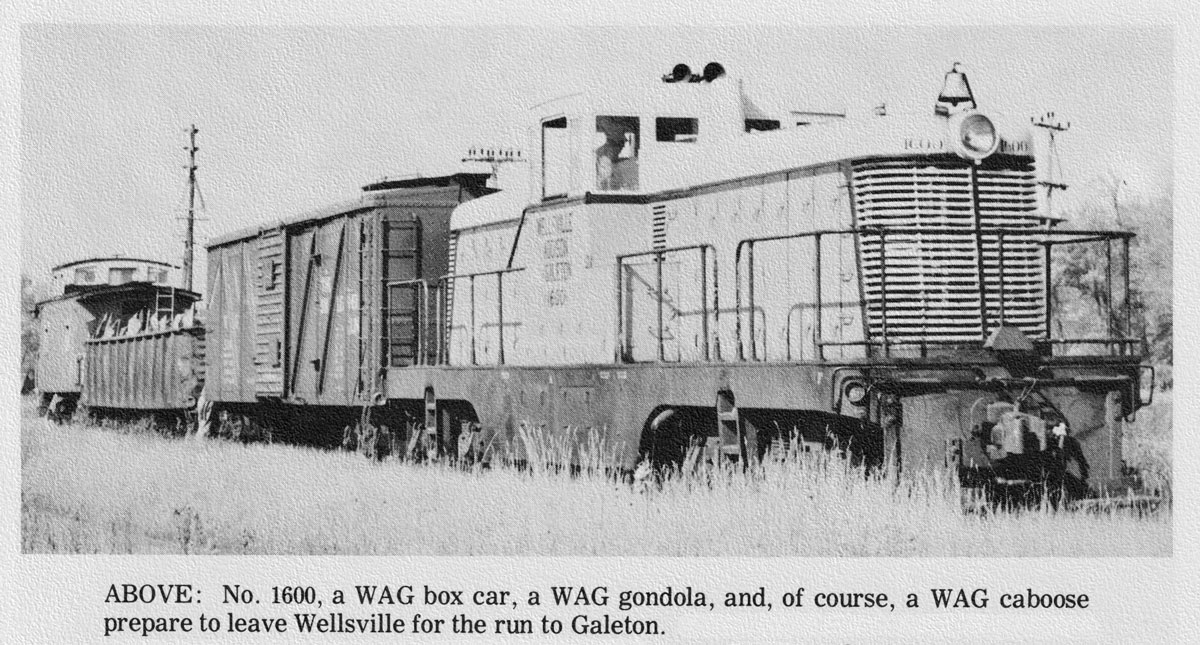
from Wellsville Addison & Galeton Railroad: Sole Leather Line
/ collection
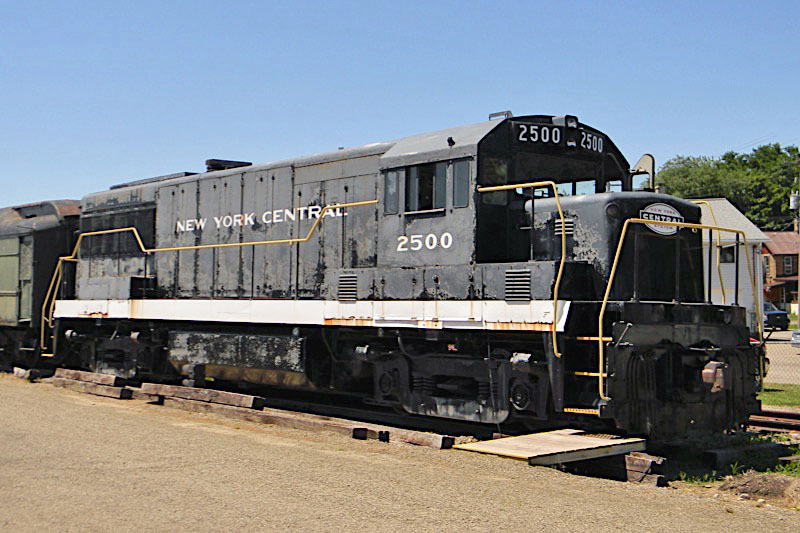
New York Central #2500
North East, Pa / Aug 2013 / RWH


New York Central #2500
to Penn Central #2500
to Conrail #2500
to Lake Shore Railway Museum

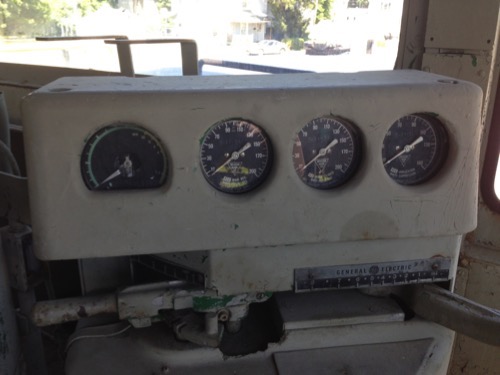
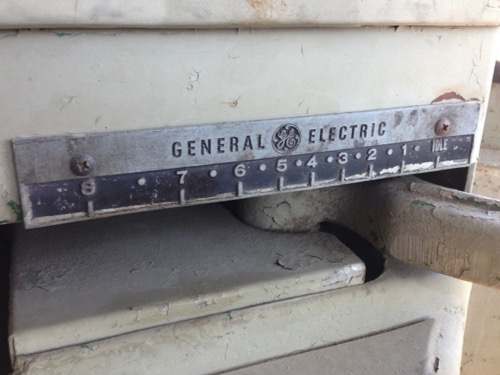
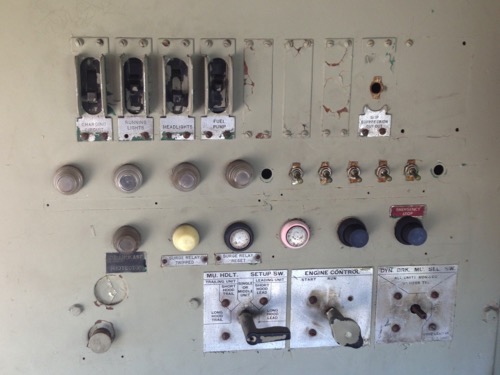
Aug 2013 / RWH
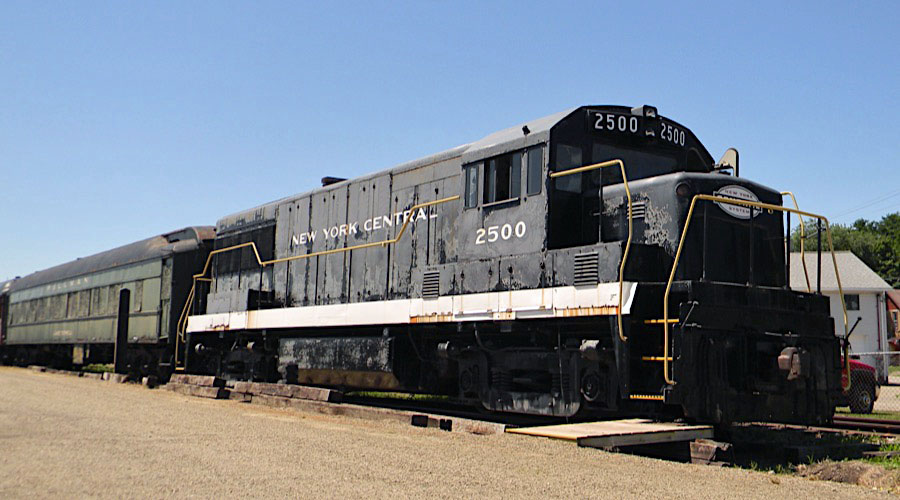
North East, Pa / Aug 2013 / RWH
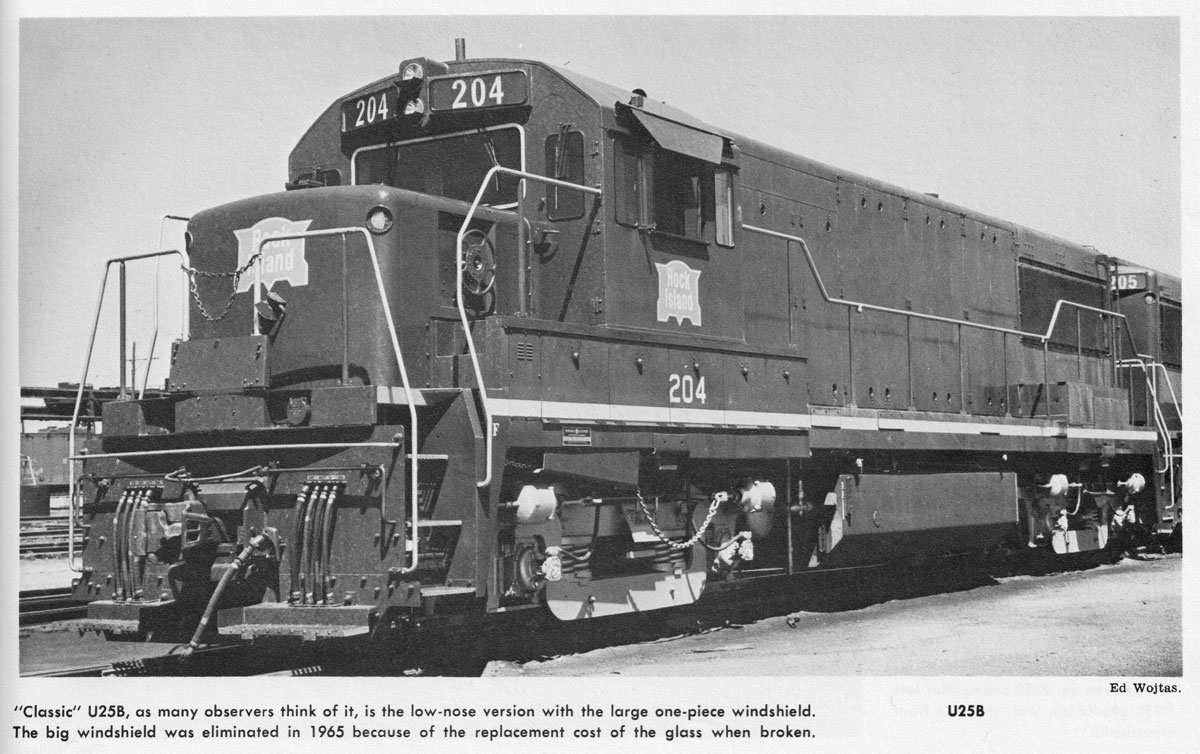
from The Second Diesel Spotter's Guide
/ collection
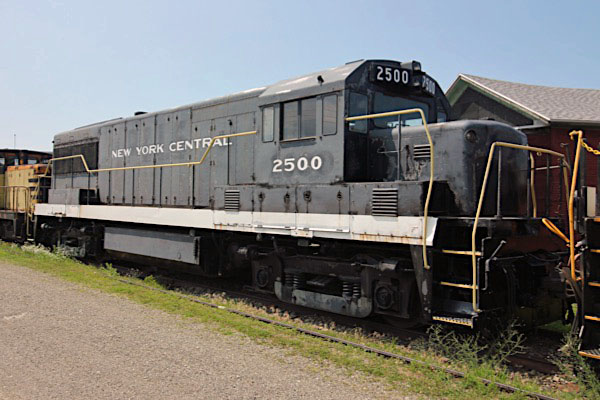
North East, Pa / Jul 2019 / RWH
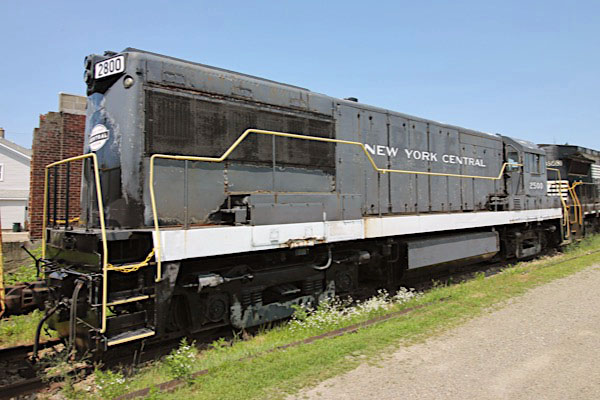
North East, Pa / Jul 2019 / RWH
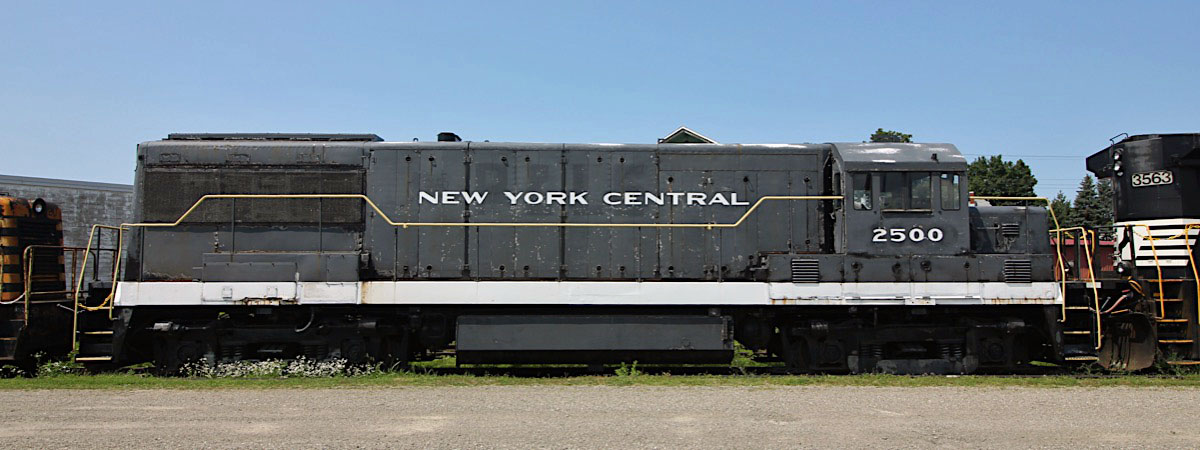
North East, Pa / Jul 2019 / RWH
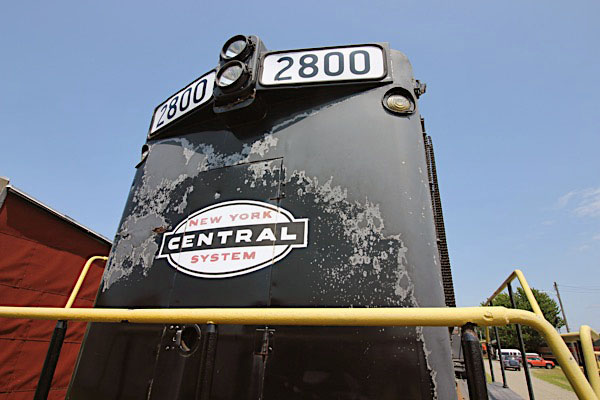
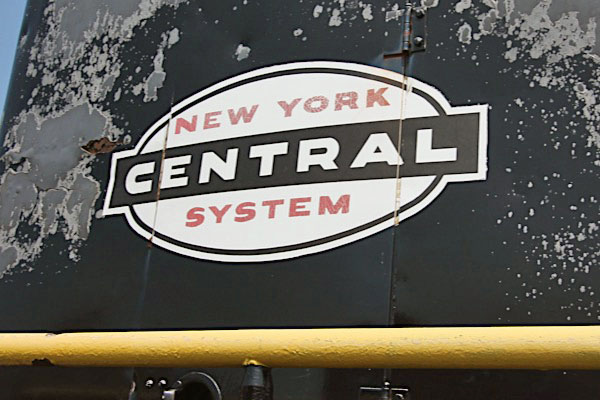

Jul 2019 / RWH
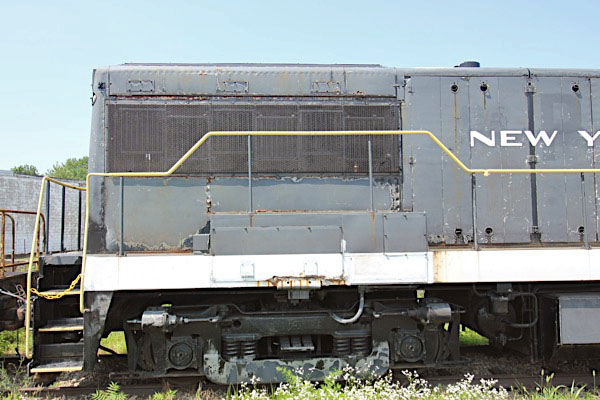
North East, Pa / Jul 2019 / RWH

North East, Pa / Jul 2019 / RWH
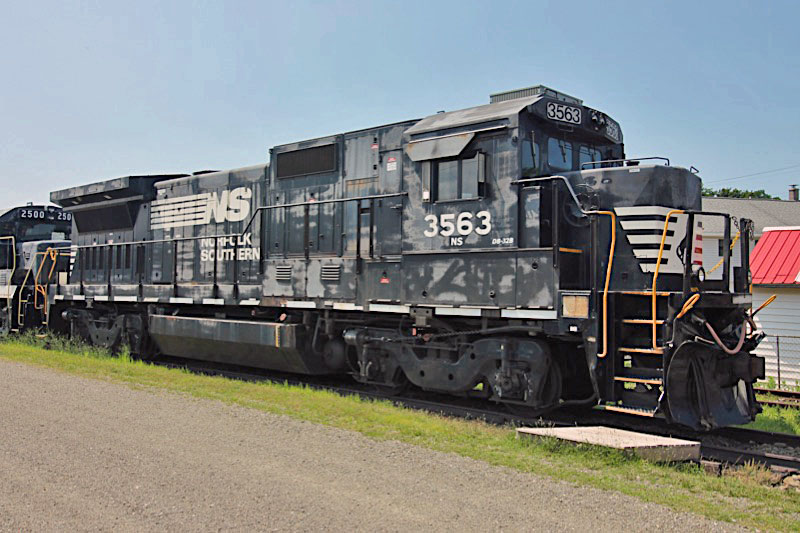
Norfolk Southern #3563
North East, Pa / Jul 2019 / RWH


Norfolk Southern #3563
to Lake Shore Rwy Museum, 2013

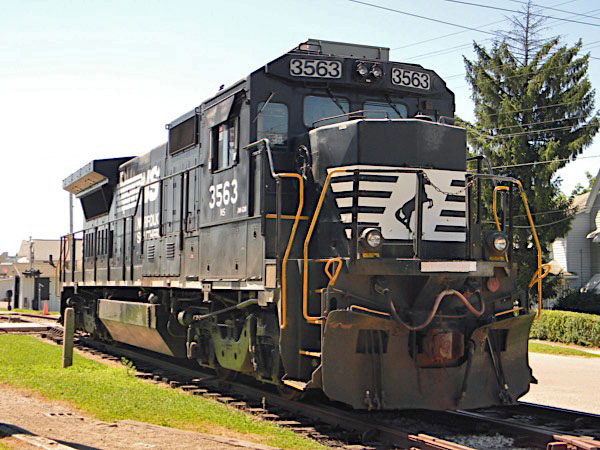
North East, Pa / Aug 2013 / RWH

North East, Pa / Aug 2013 / RWH
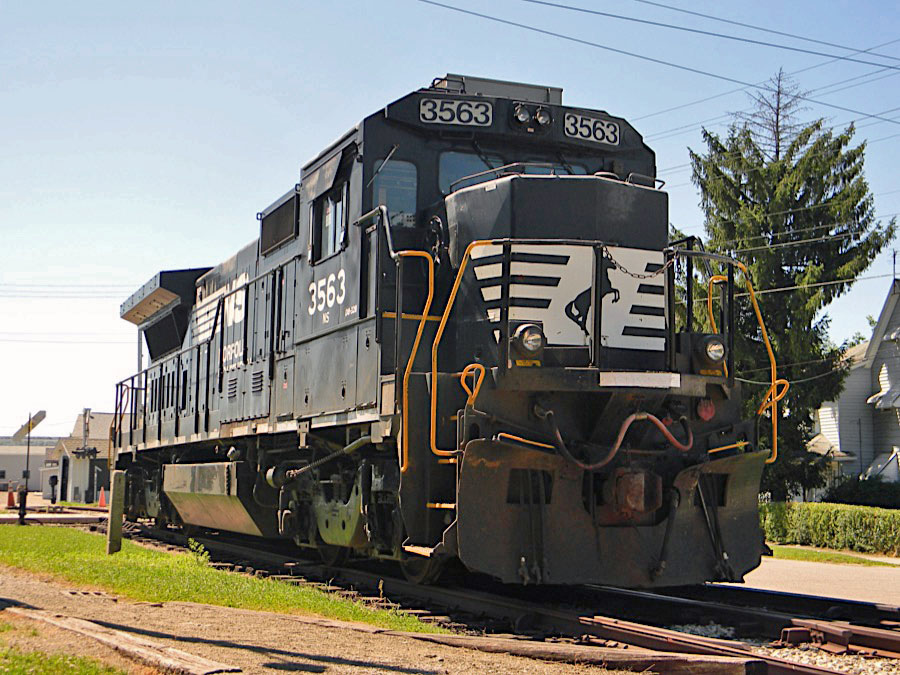
North East, Pa / Aug 2013 / RWH
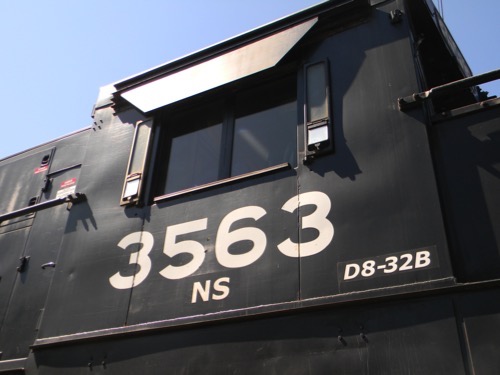
North East, Pa / Aug 2013 / RWH
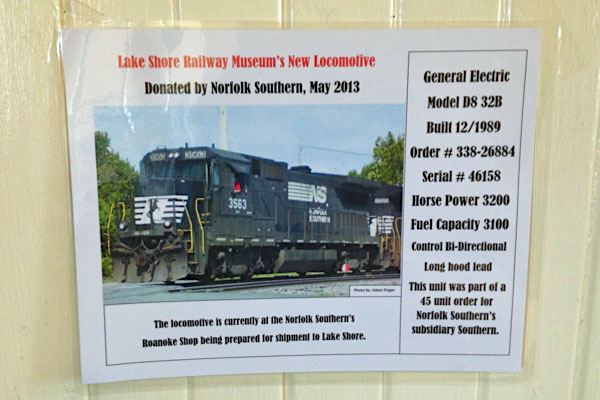
North East, Pa / Aug 2013 / RWH
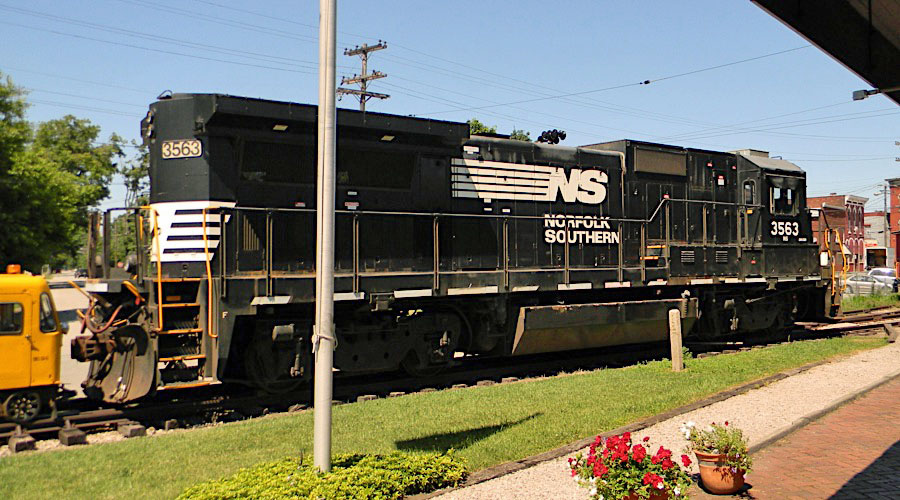
North East, Pa / Aug 2013 / RWH

Jul 2019 / RWH

North East, Pa / Jul 2019 / RWH
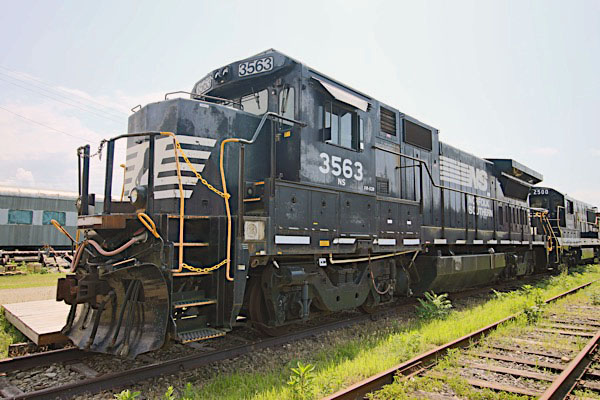
North East, Pa / Jul 2019 / RWH
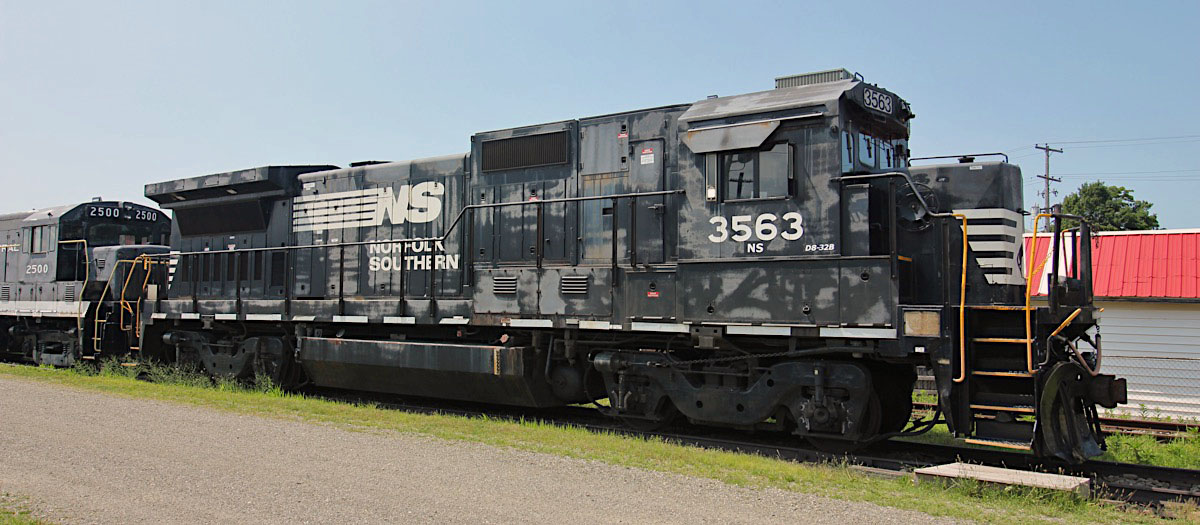
North East, Pa / Jul 2019 / RWH
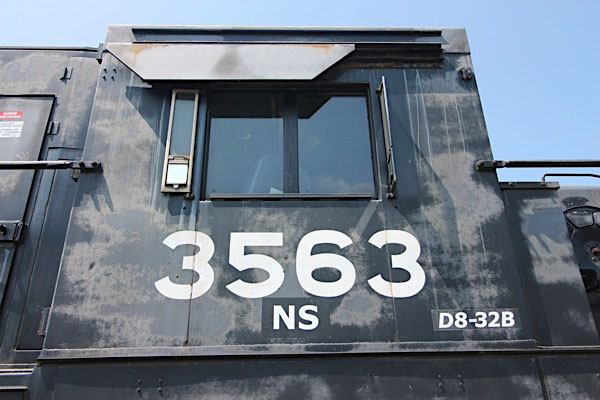
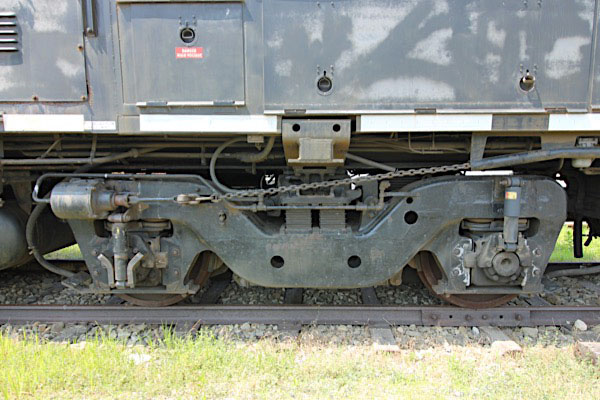
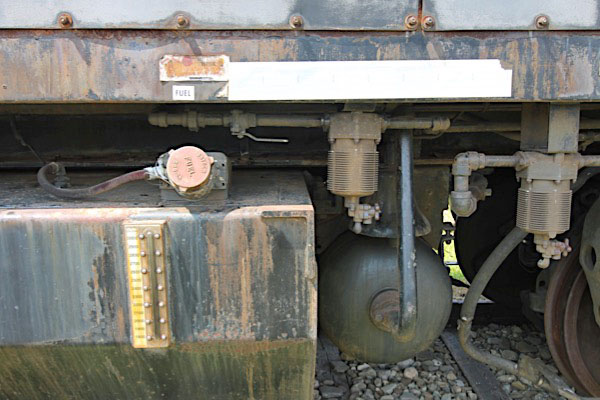
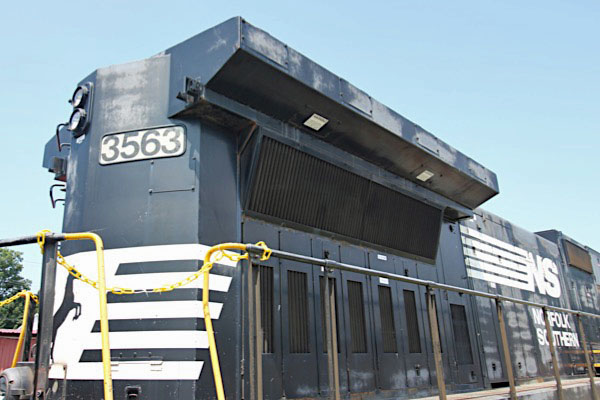
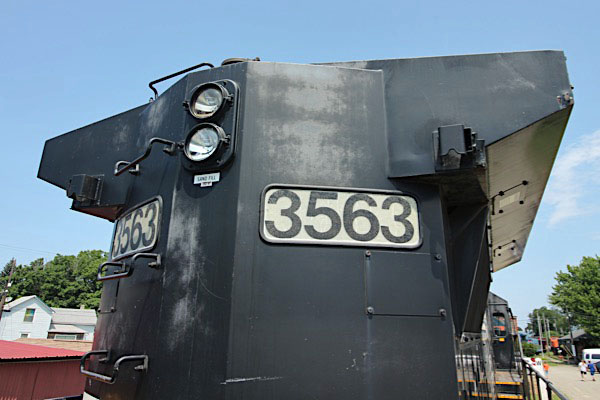
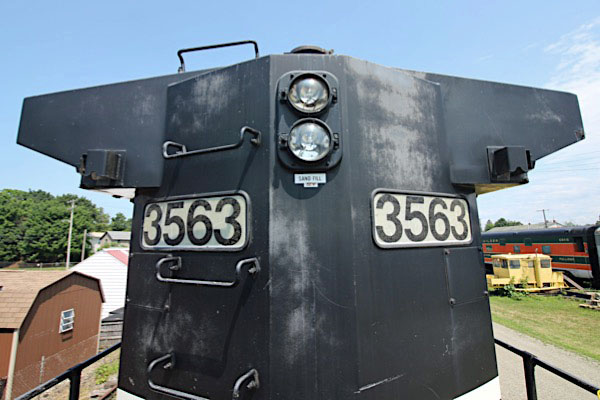
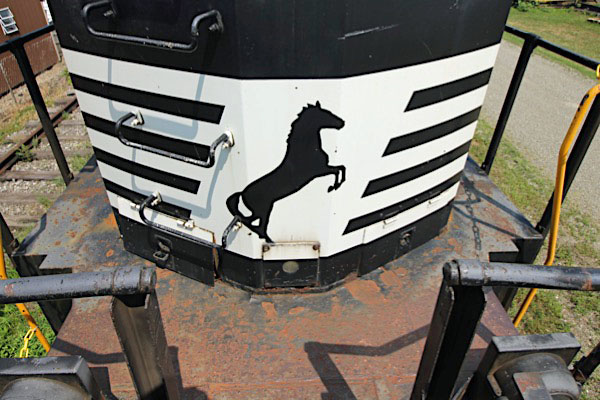
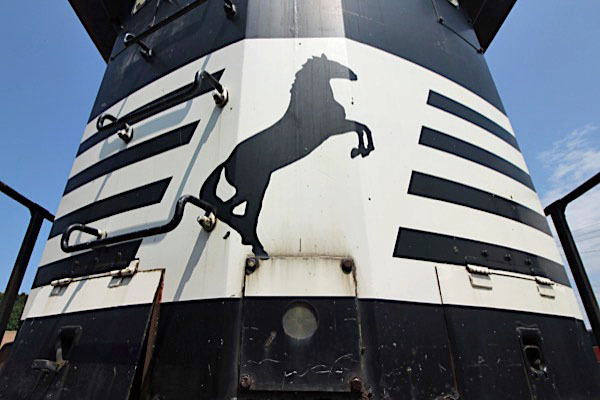
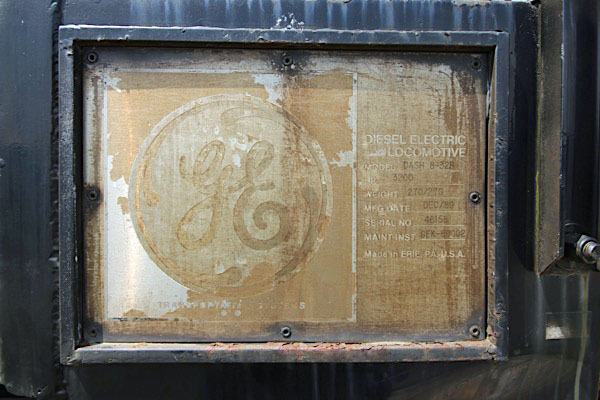
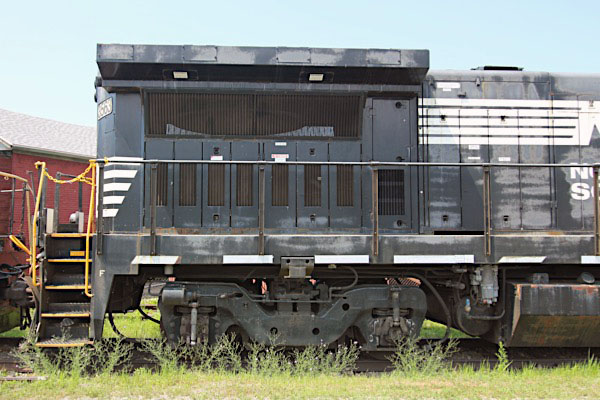

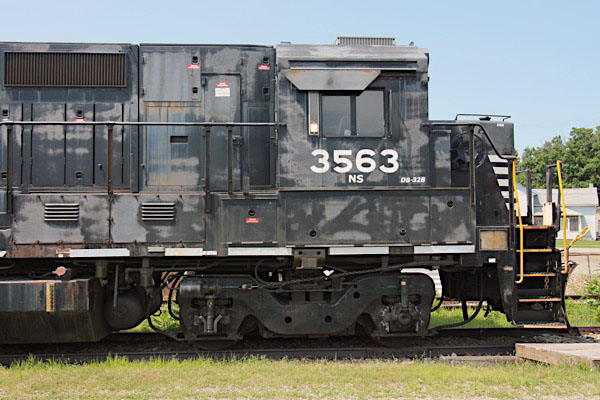
Jul 2019 / RWH

Massachusetts Call/Volunteer Firefighters Assoc. #7764
North East, Pa / Jul 2019 / RWH


Massachusetts Call/Volunteer Firefighters Assoc. #7764
to Seaboard System #5728
to CSX Transportation #7764
(used for fire training in safety train)
to Massachusetts Call/Volunteer Firefighters Assoc. #7764
to Lake Shore Railway Museum

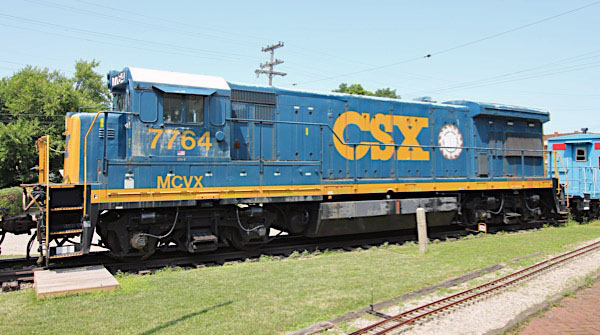
North East, Pa / Jul 2019 / RWH
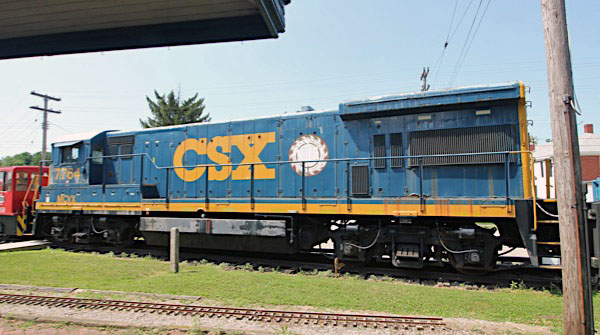
North East, Pa / Jul 2019 / RWH
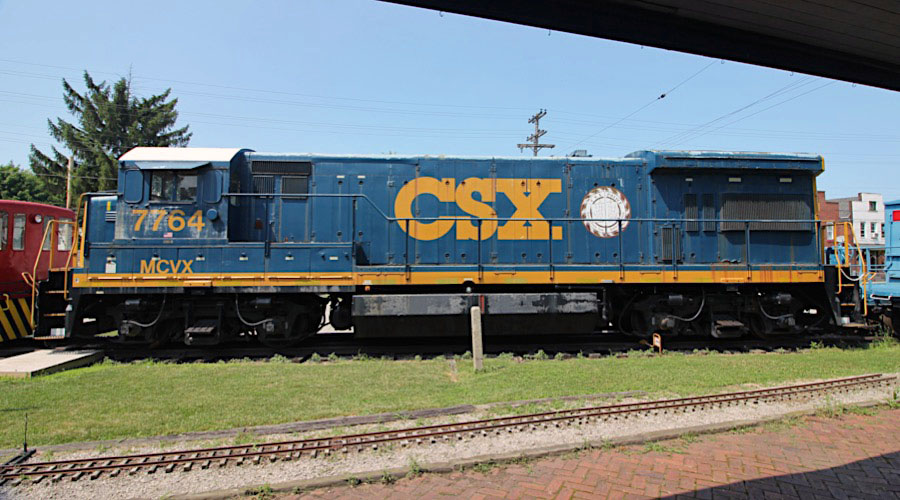
North East, Pa / Jul 2019 / RWH

North East, PA. — CSX/MCVX #7764, a 1970 Erie-built General Electric U36B locomotive has been transferred to Lake Shore Railway Historical Society.
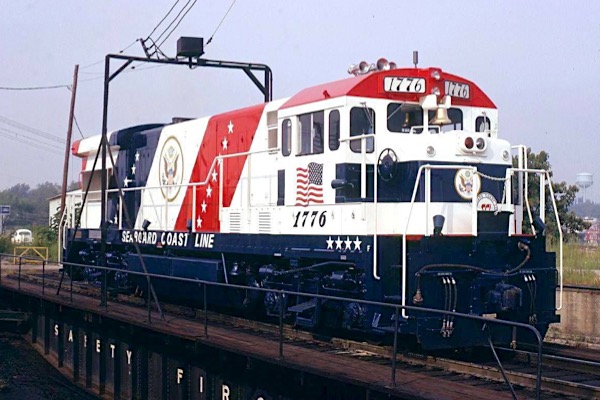 The 3,600 horsepower, four-axle locomotive was originally built for Seaboard Coast Line Railroad as #1776. Soon after, it was renumbered to 1813 to make the 1776 spot available for the "Bicentennial 1776" locomotive painted in a red-white-blue paint scheme.
The 3,600 horsepower, four-axle locomotive was originally built for Seaboard Coast Line Railroad as #1776. Soon after, it was renumbered to 1813 to make the 1776 spot available for the "Bicentennial 1776" locomotive painted in a red-white-blue paint scheme.
CSX/MCVX #7764 served the Seaboard Coast Line, Seaboard System, CSX and finally through CSX, the Massachusetts Call Volunteer Firefighters Association (MCVX). With the MCVX, the locomotive was a rolling education/training unit for emergency services and police personnel across the eastern United States. #7764 is painted in the current CSX paint scheme with markings to recognize its role as a special training tool.
Locomotive #7764 joins eight(8) other General Electric locomotives and one (1) Heisler steam locomotive in Lake Shore Railway Historical Society's "Locomotives that Our Parents & Grandparents Built Collection," all constructed in Erie, PA.
"What a great surprise!! The U36B is a very rare GE locomotive model and we are thankful for its inclusion in our collection," said Ray Grabowski, Jr, president of Lake Shore Railway Historical Society, "its earlier re-purposing as a training unit just enhances Lake Shore's educational function. Look for it to continue to be used as a teaching tool here soon!"
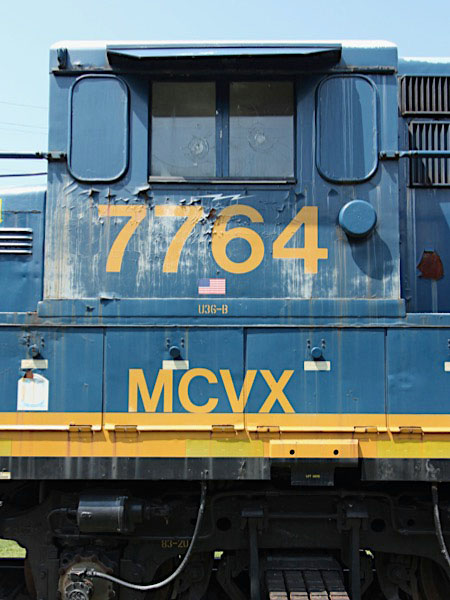
Jul 2019 / RWH

North East, Pa / Jul 2019 / RWH
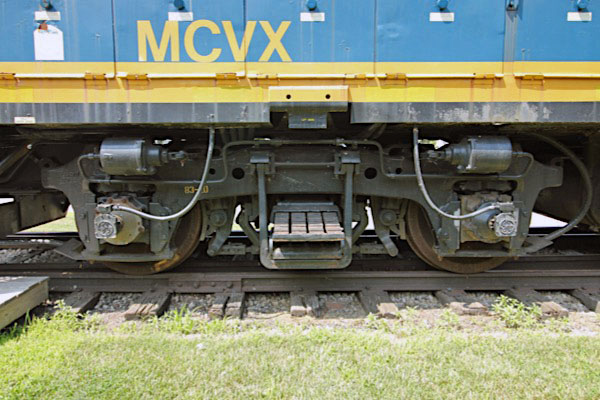
North East, Pa / Jul 2019 / RWH
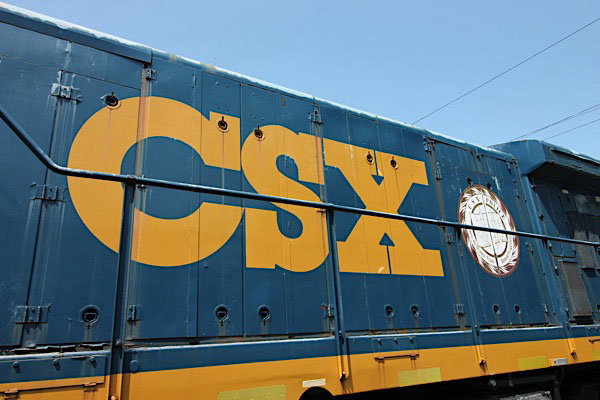
North East, Pa / Jul 2019 / RWH
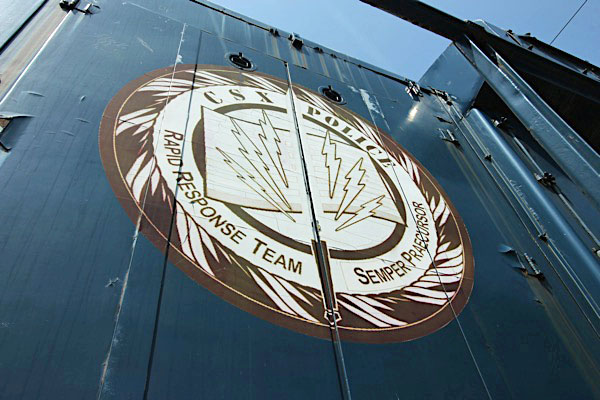
North East, Pa / Jul 2019 / RWH
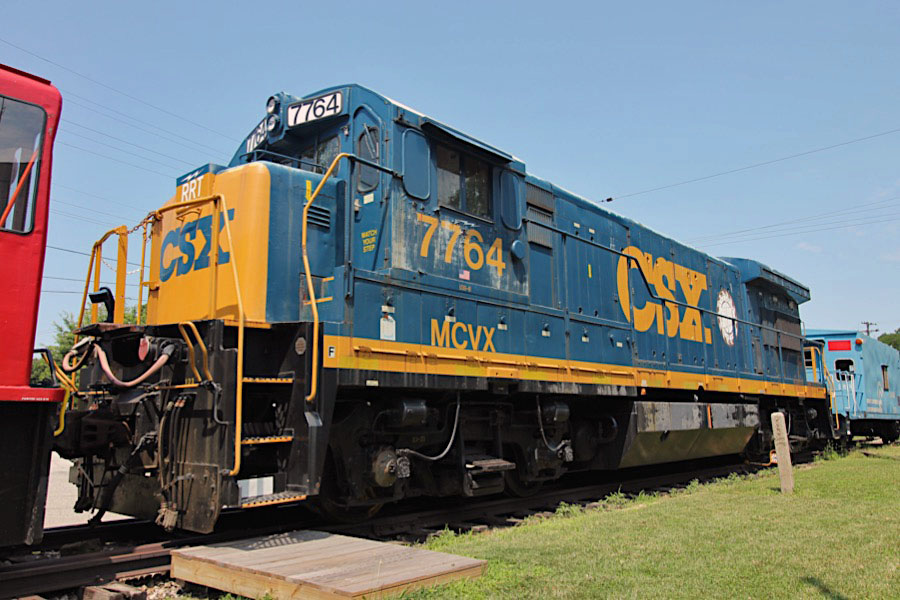
North East, Pa / Jul 2019 / RWH

Chesapeake & Ohio #8272
North East, Pa / Jul 2019 / RWH


Chesapeake & Ohio #8272
1 of 64 in B30-7 order
to CSX Transportation #5554
repainted by CSX Huntington WV shops
to Lake Shore Railway Museum

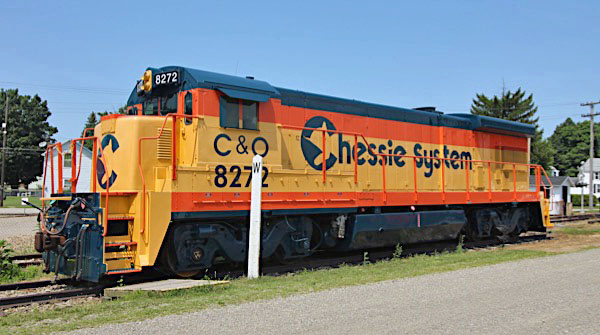
North East, Pa / Jul 2019 / RWH
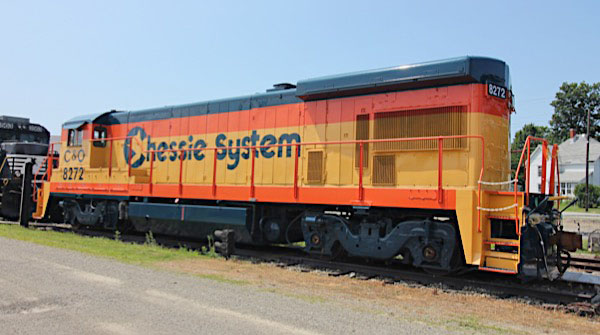
North East, Pa / Jul 2019 / RWH
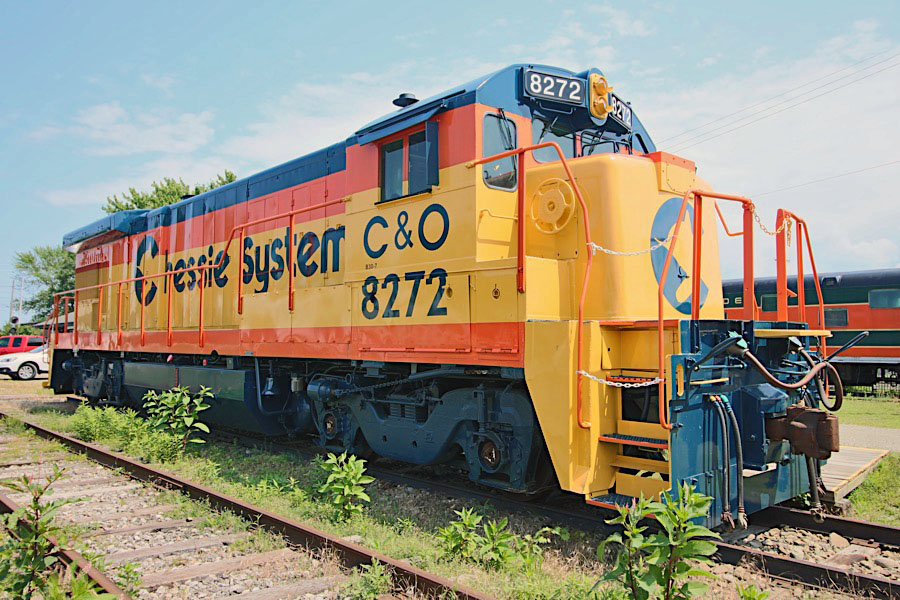
North East, Pa / Jul 2019 / RWH
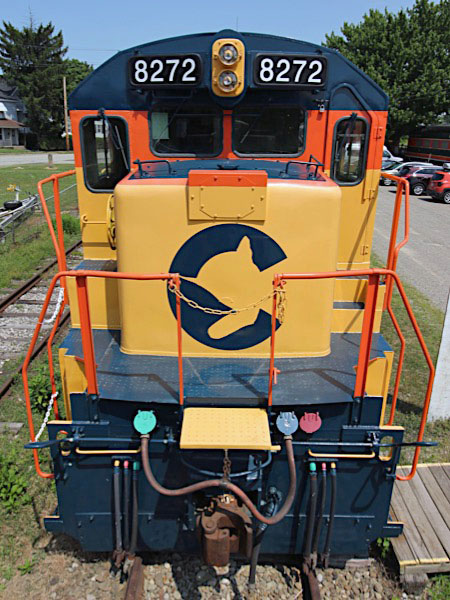
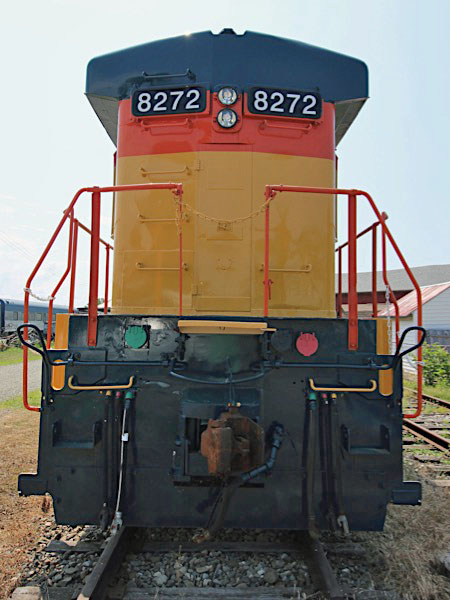

Jul 2019 / RWH
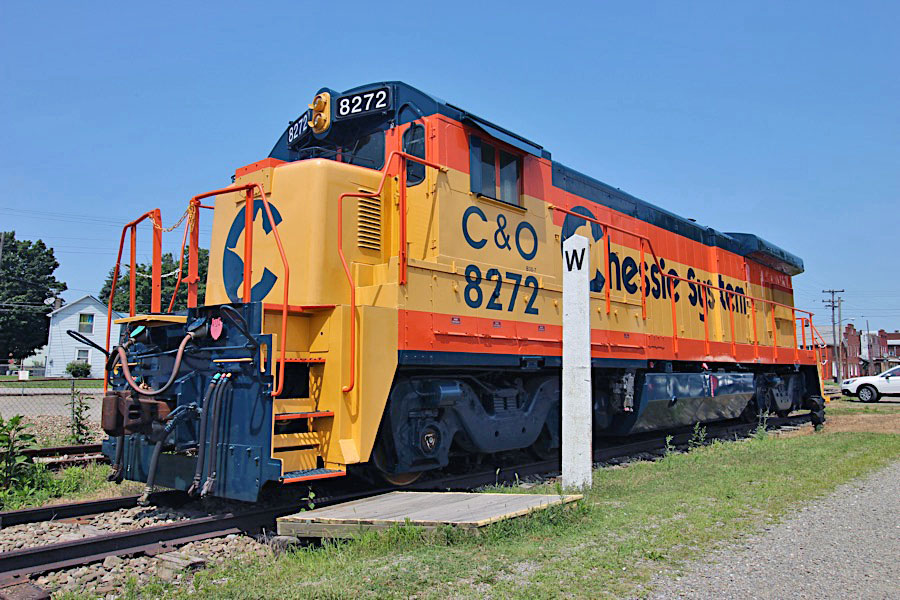
North East, Pa / Jul 2019 / RWH

 NORTH EAST, PA. — Lake Shore Railway Historical Society is pleased to announce that CSX-donated locomotive C&O #8272 has completed the final leg of its journey, arriving safe and sound at the Lake Shore Railway Museum in North East, PA. The journey included Huntington, West Virginia, Cincinnati and Cleveland, Ohio, Erie, Pennsylvania and the GE Transportation facility there, and finally North East and the Lake Shore Railway Museum.
NORTH EAST, PA. — Lake Shore Railway Historical Society is pleased to announce that CSX-donated locomotive C&O #8272 has completed the final leg of its journey, arriving safe and sound at the Lake Shore Railway Museum in North East, PA. The journey included Huntington, West Virginia, Cincinnati and Cleveland, Ohio, Erie, Pennsylvania and the GE Transportation facility there, and finally North East and the Lake Shore Railway Museum.
Ray Grabowski, Jr., president of Lake Shore Railway Historical Society, said "Chessie #8272 had a great opportunity to visit its birthplace at Erie GE and we were happy to share it there for a while. Now, thanks to the professionals of CSX Transportation, the locomotive made the final step and is here at Lake Shore Railway Museum." The locomotive arrived just in time to participate in "Night at the Railroad Museum" this weekend, June 17/18.
GE Transportation of Erie, PA, and B&O Railroad Museum, Baltimore, Maryland, assisted the CSX Huntington Shop restoration of C&O #8272 by contributing historic paint records, logo/lettering information and paint chips.
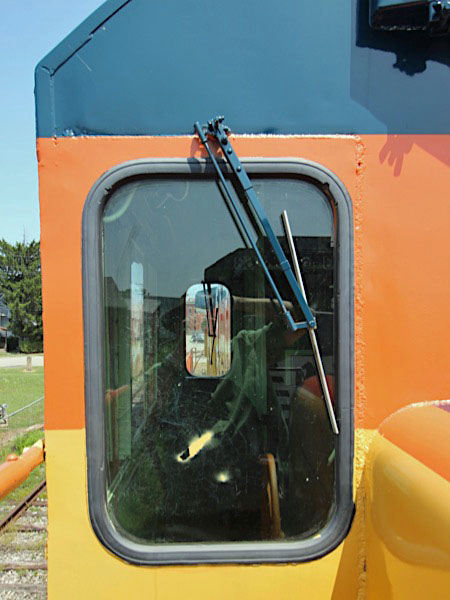

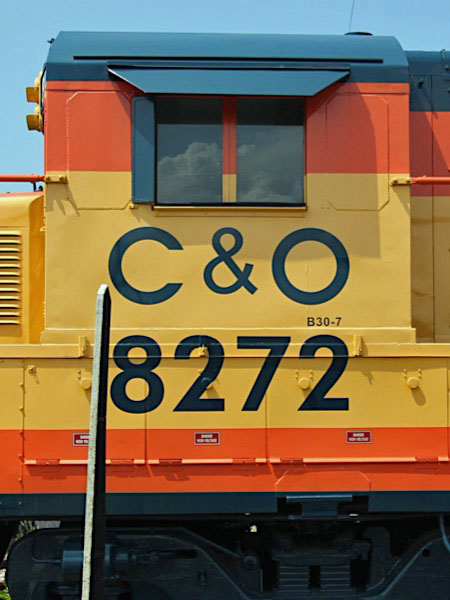

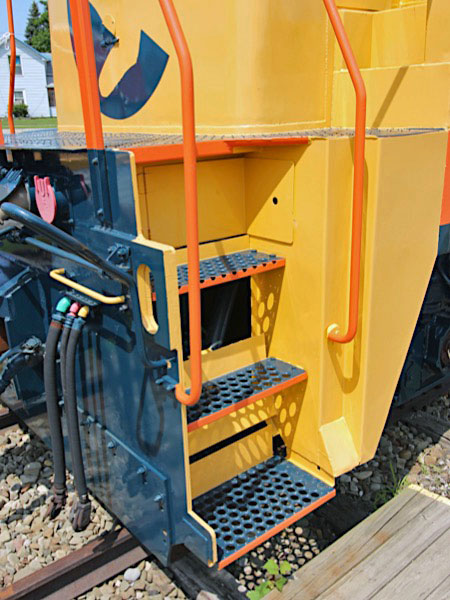
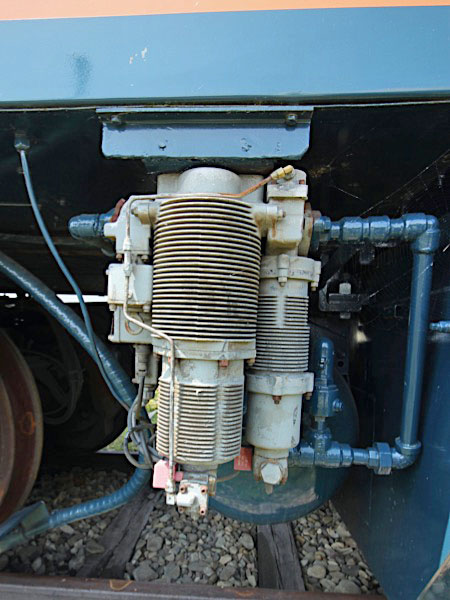
Jul 2019 / RWH
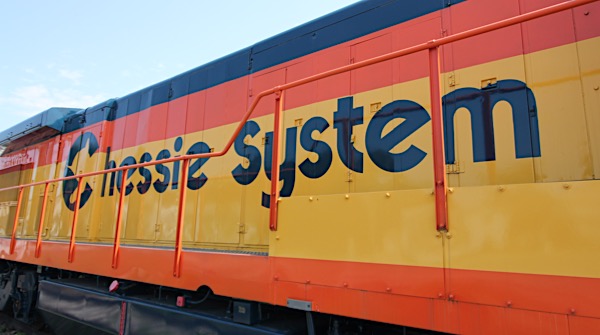
North East, Pa / Jul 2019 / RWH
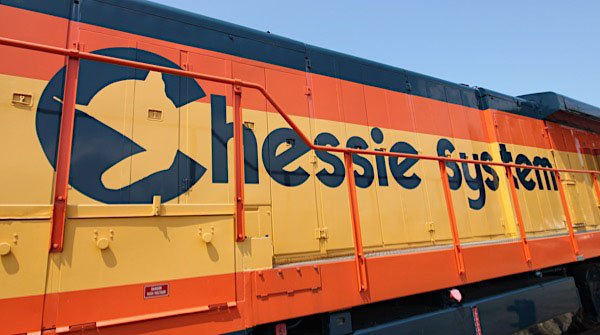
North East, Pa / Jul 2019 / RWH
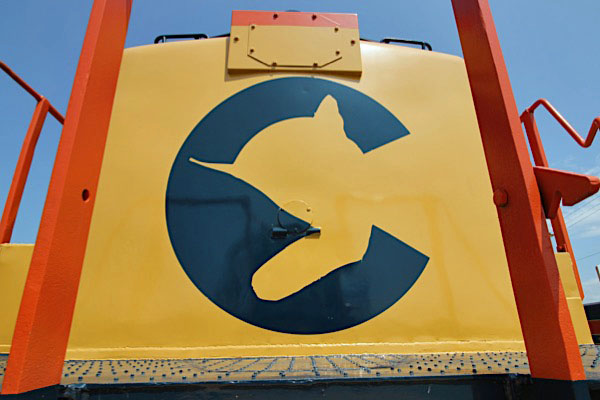
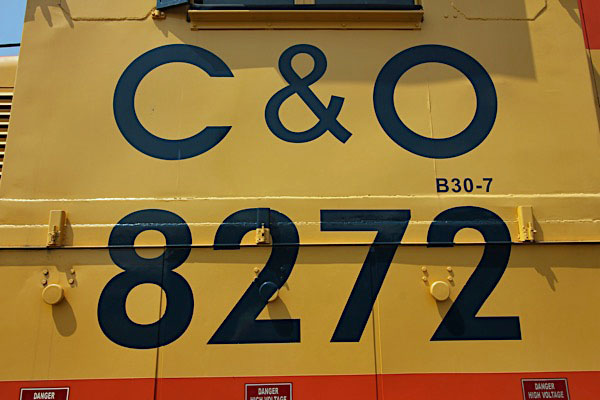
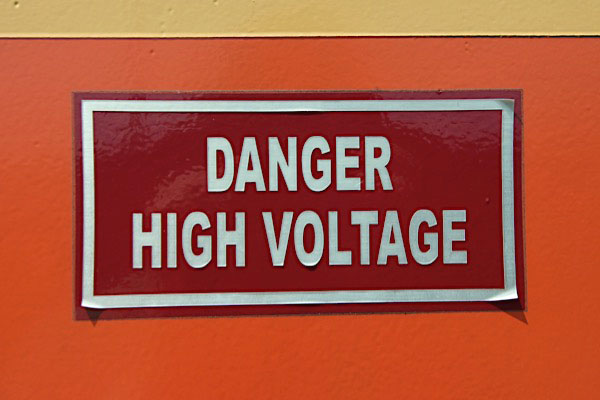
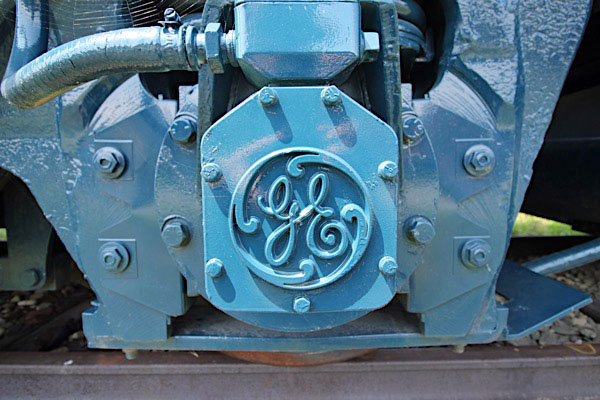
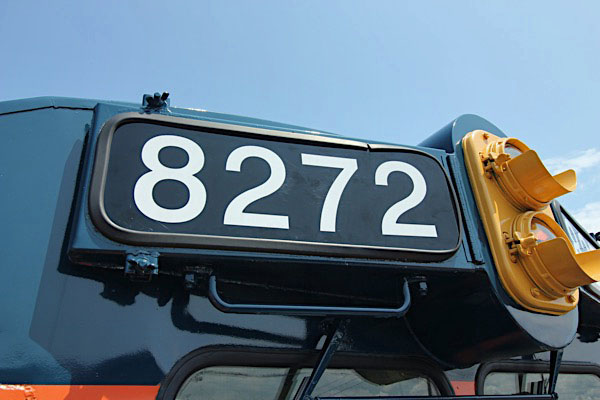
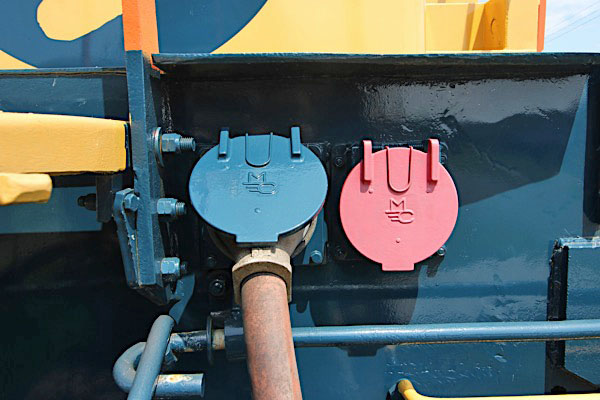
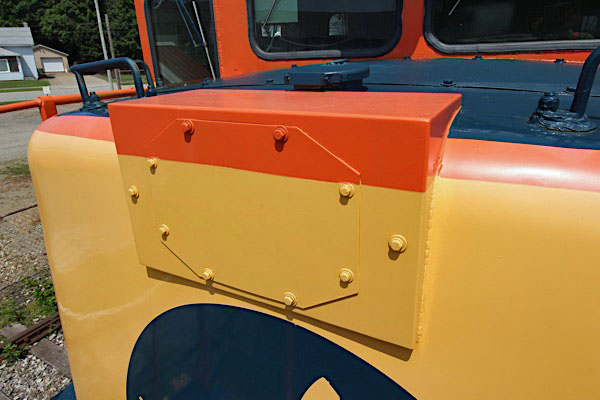
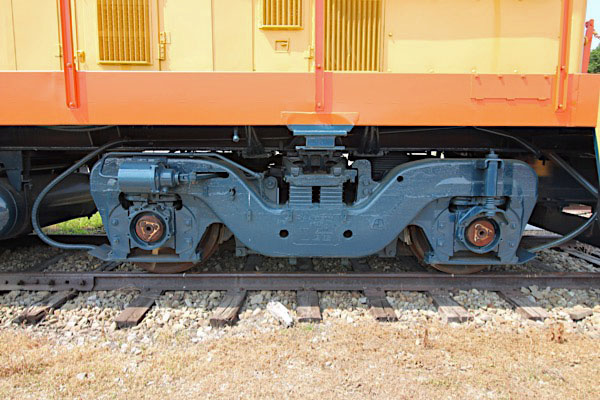
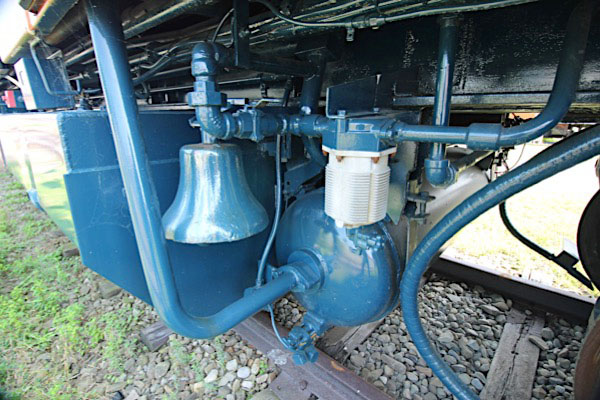
Jul 2019 / RWH
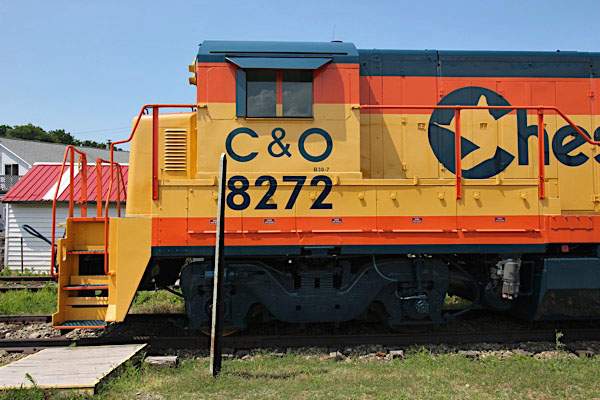
Jul 2019 / RWH
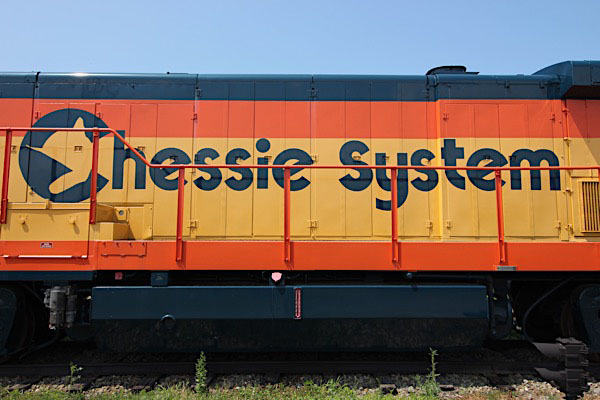
Jul 2019 / RWH
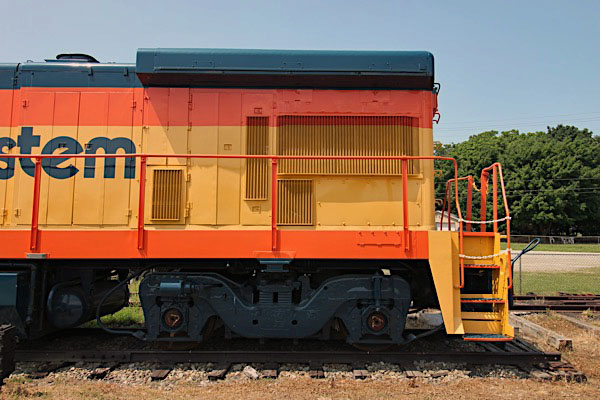
Jul 2019 / RWH

North East, Pa / Jul 2019 / RWH
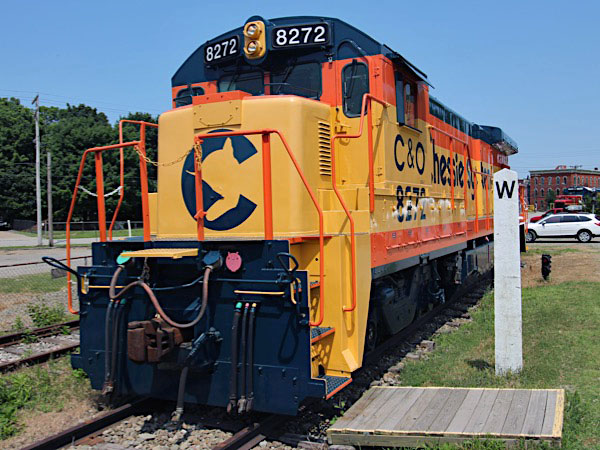
North East, Pa / Jul 2019 / RWH
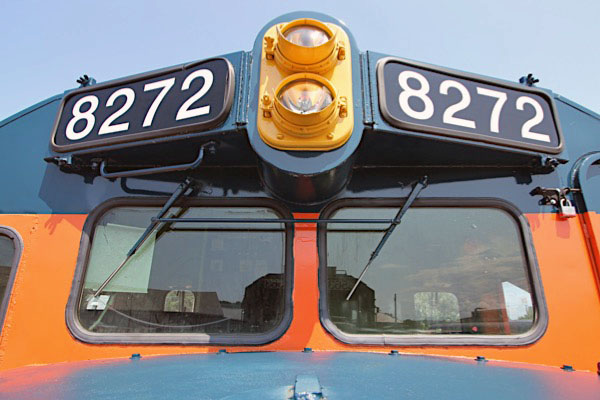
Jul 2019 / RWH
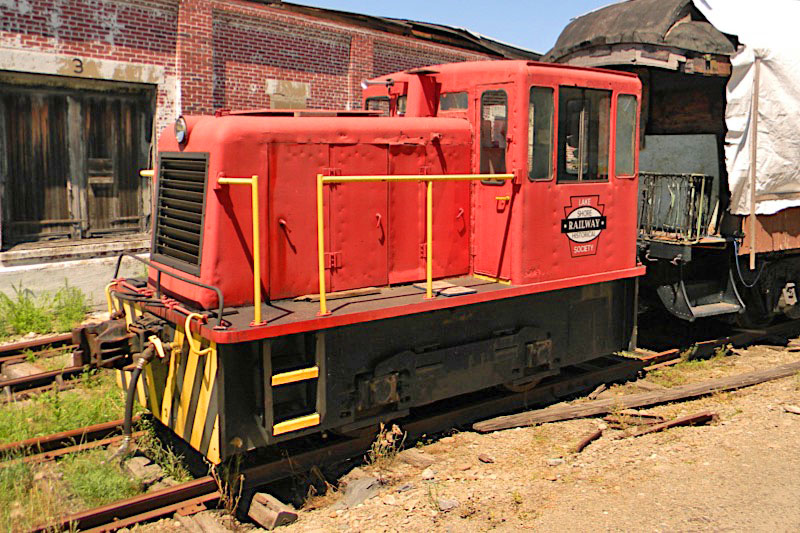
Ellwood National Forge #188
North East, Pa / Aug 2013 / RWH


Ellwood National Forge #188
to Ellwood National Forge
to Lake Shore Railway Museum
in operation at museum

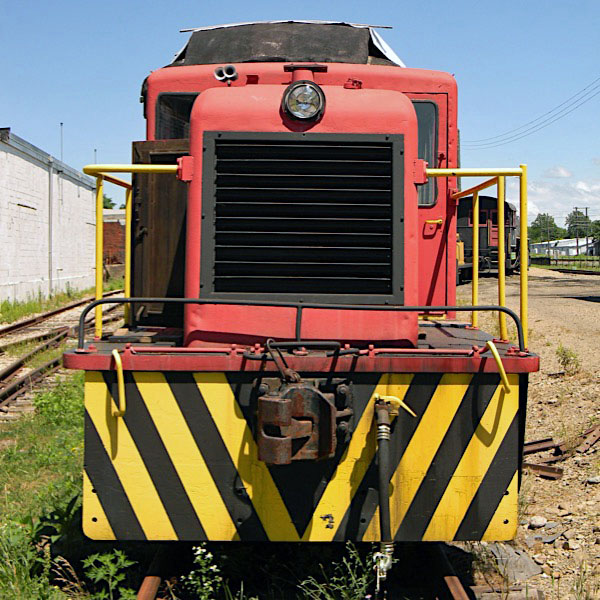
North East, Pa / Aug 2013 / RWH
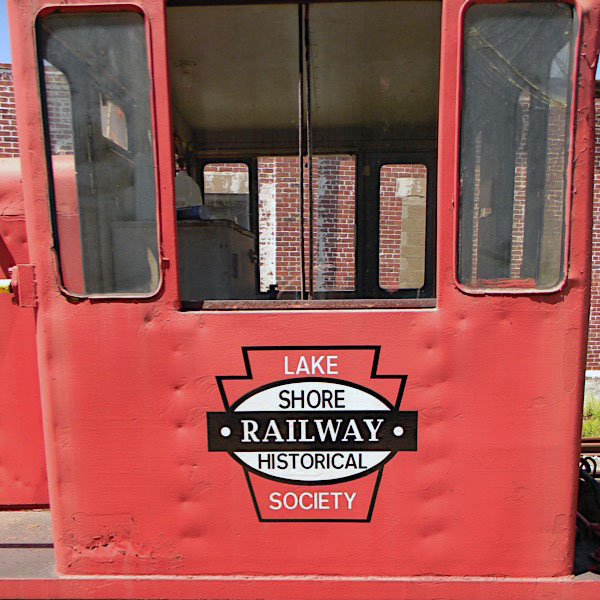
North East, Pa / Aug 2013 / RWH
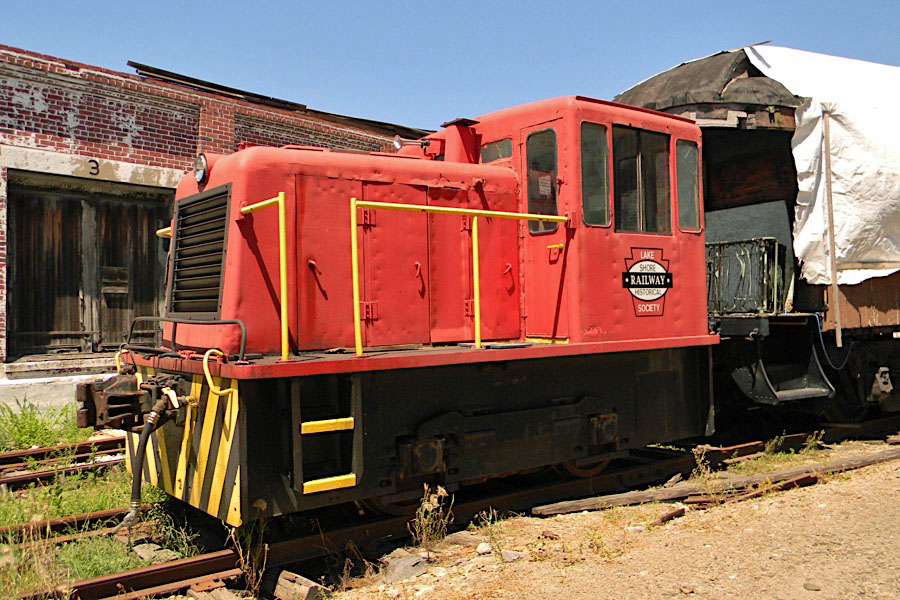
North East, Pa / Aug 2013 / RWH
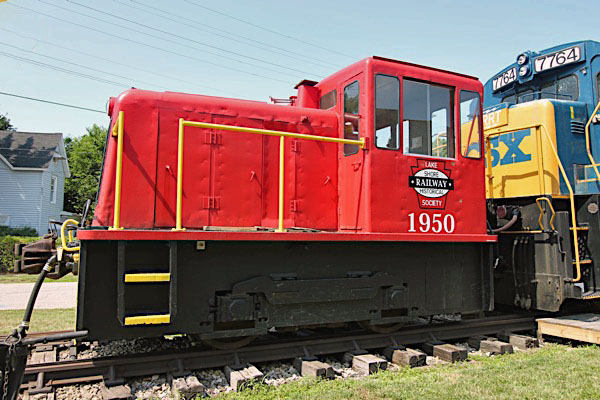
North East, Pa / Jul 2019 / RWH

North East, Pa / Jul 2019 / RWH
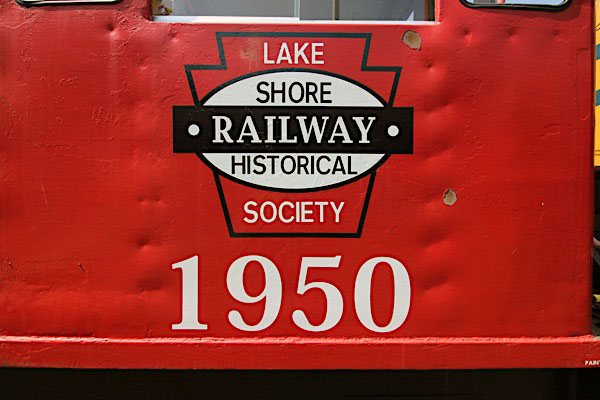
Jul 2019 / RWH

North East, Pa / Jul 2019 / RWH
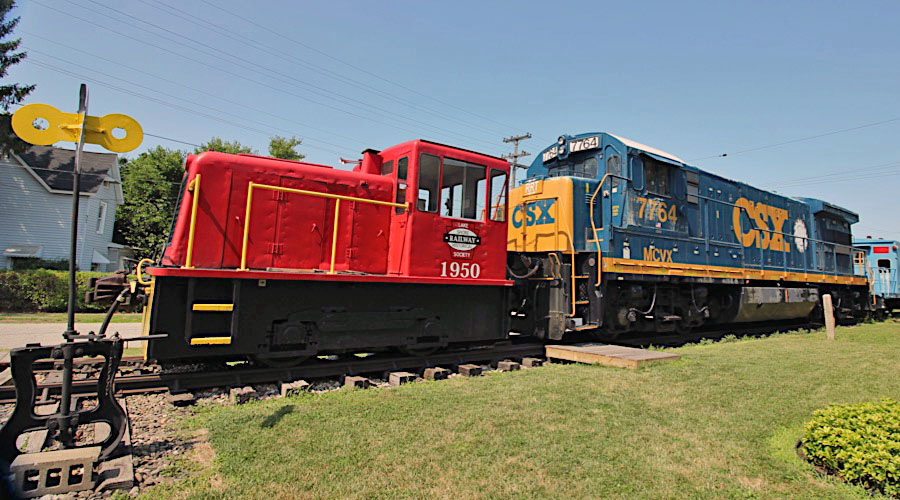
North East, Pa / Jul 2019 / RWH
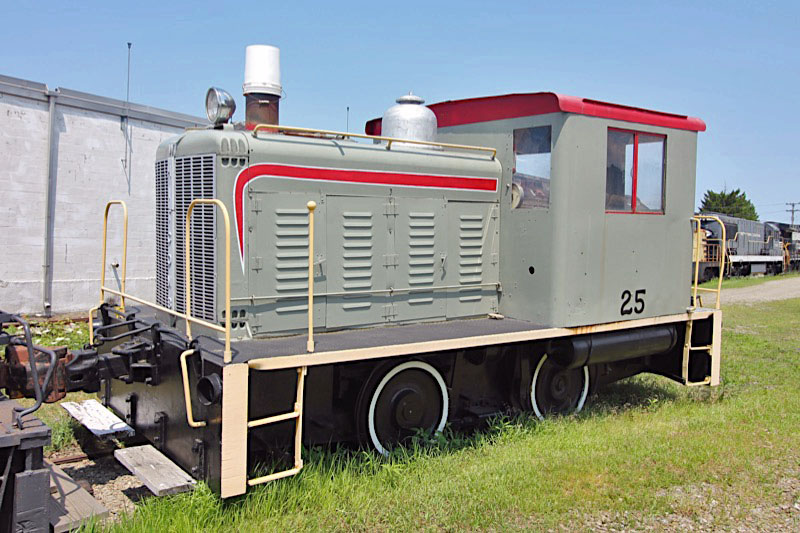
Erie City Iron Works #25
North East, Pa / Jul 2019 / RWH


Erie City Iron Works #25
to Lake Shore Railway Museum
operational
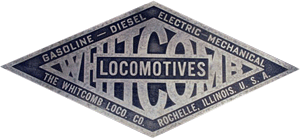
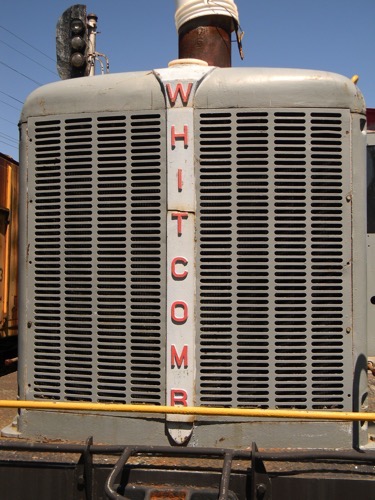
Aug 2013 / RWH
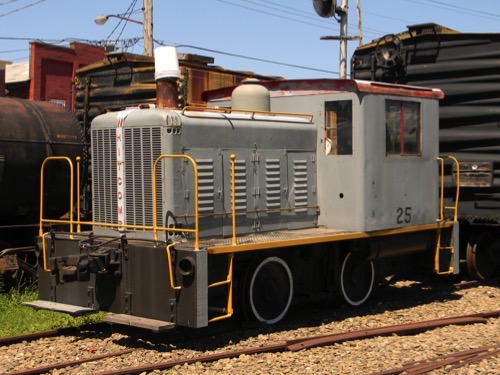
North East, Pa / Aug 2013 / RWH
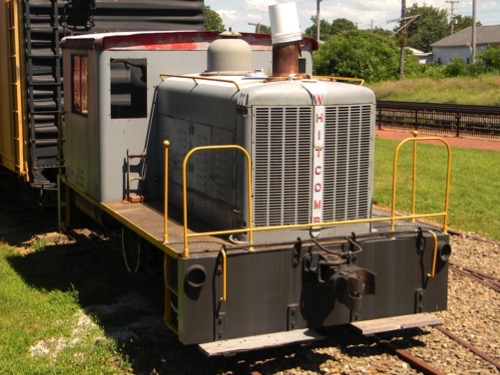
North East, Pa / Aug 2013 / RWH

North East, Pa / Jul 2019 / RWH
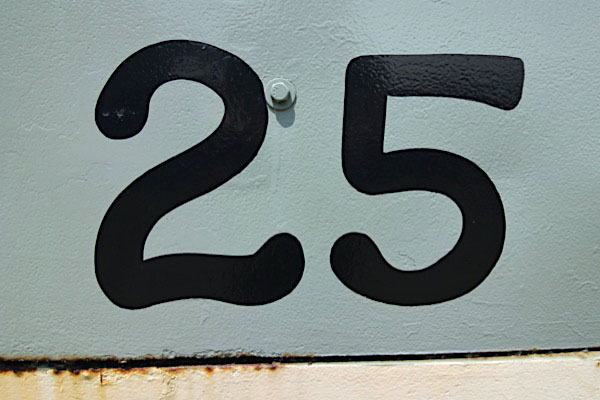
RWH
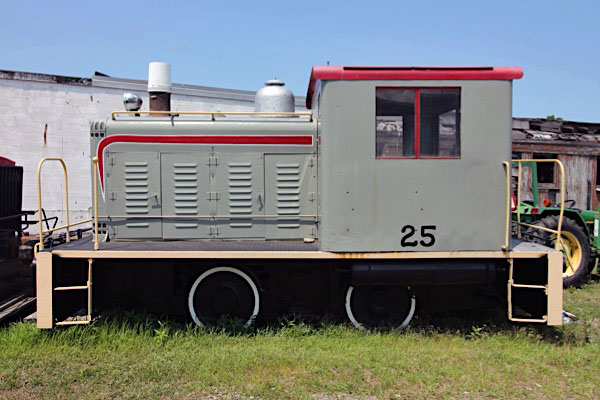
North East, Pa / Jul 2019 / RWH
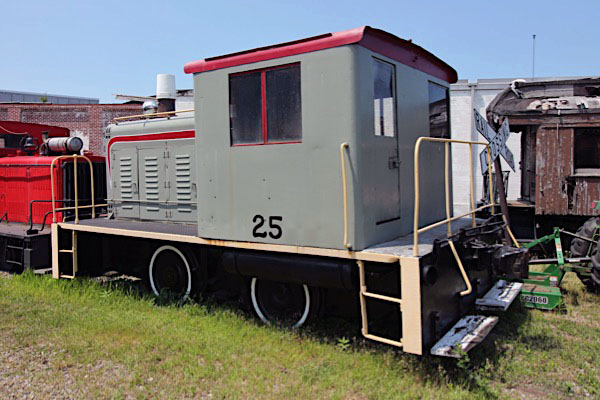
North East, Pa / Jul 2019 / RWH

American Car & Foundry
North East, Pa / Jul 2019 / RWH


American Car & Foundry
to Lake Shore Railway Museum
1 of 12 built, only survivor
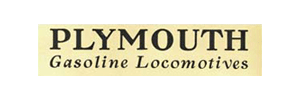
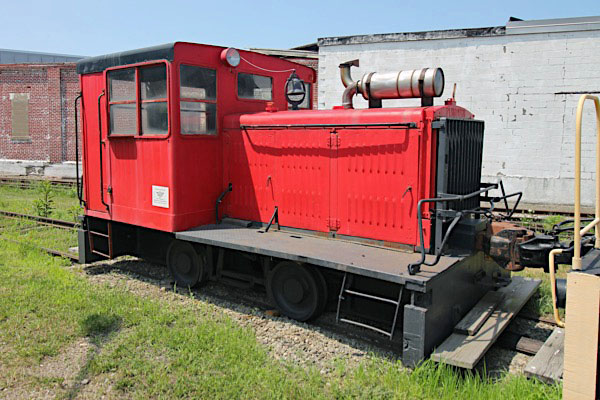
North East, Pa / Jul 2019 / RWH
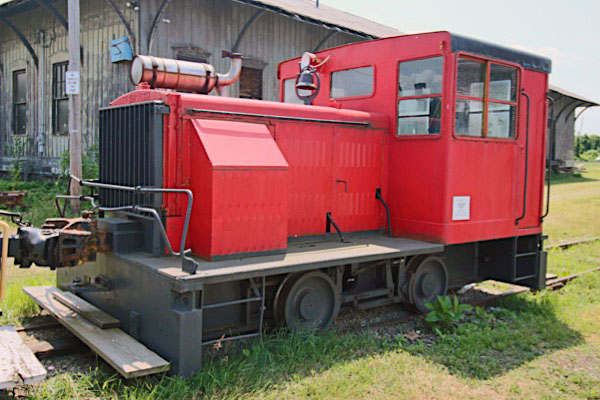
North East, Pa / Jul 2019 / RWH
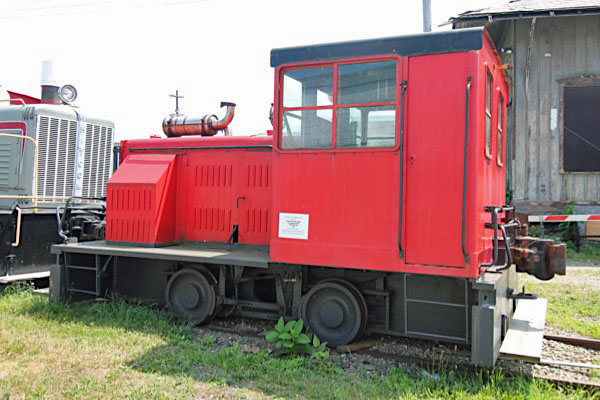
North East, Pa / Jul 2019 / RWH
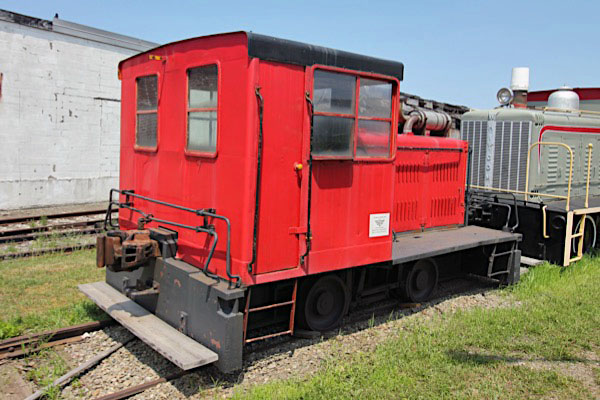
North East, Pa / Jul 2019 / RWH
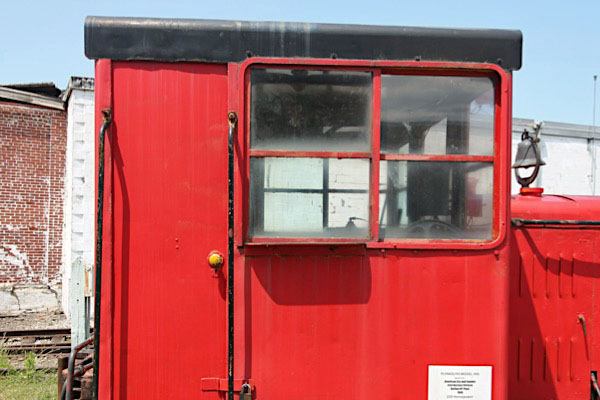
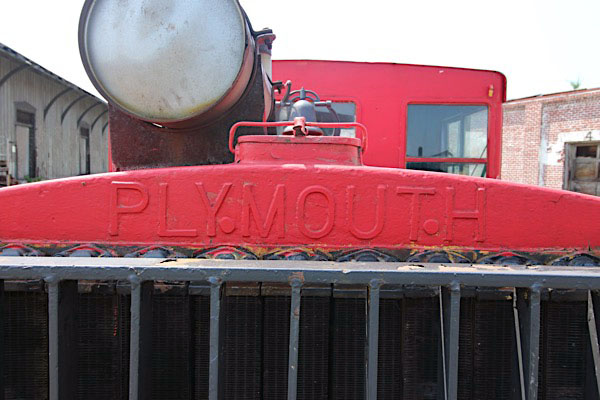
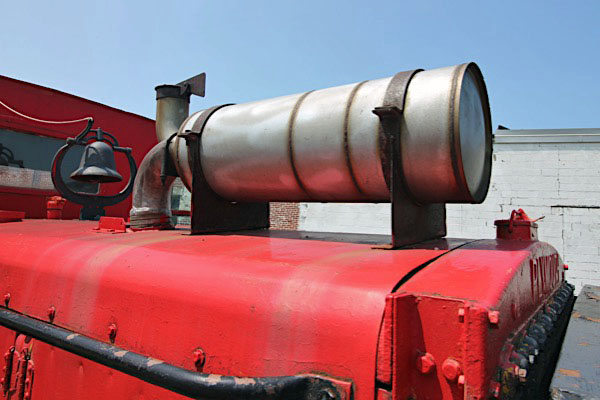
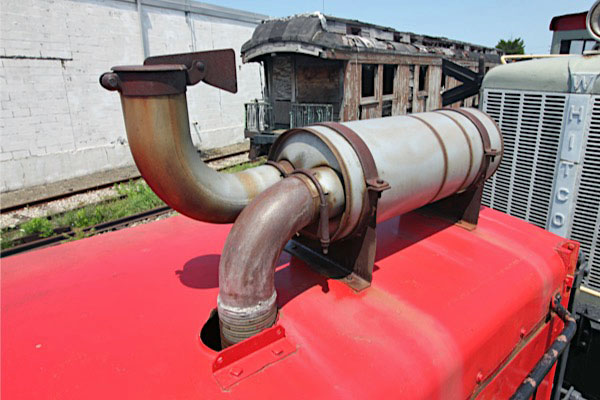
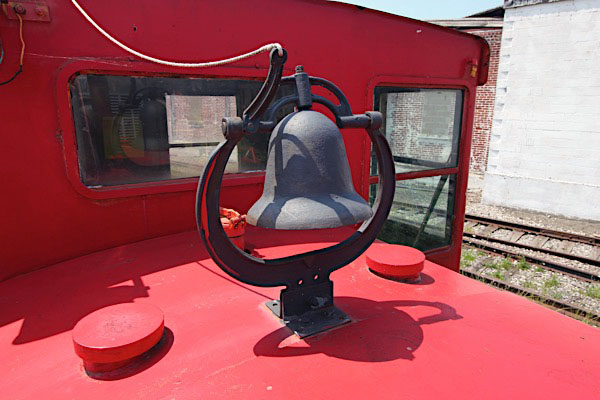

Jul 2019 / RWH

Jul 2019 / RWH
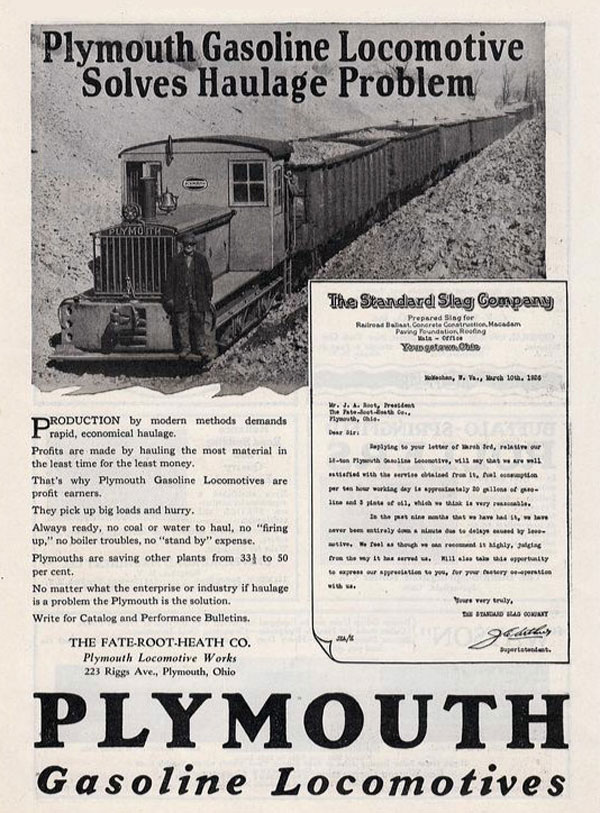
collection
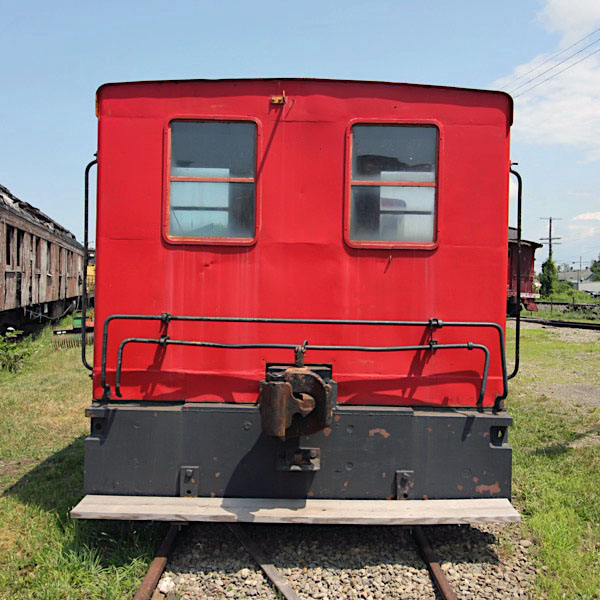
Jul 2019 / RWH

North East, Pa / Jul 2019 / RWH
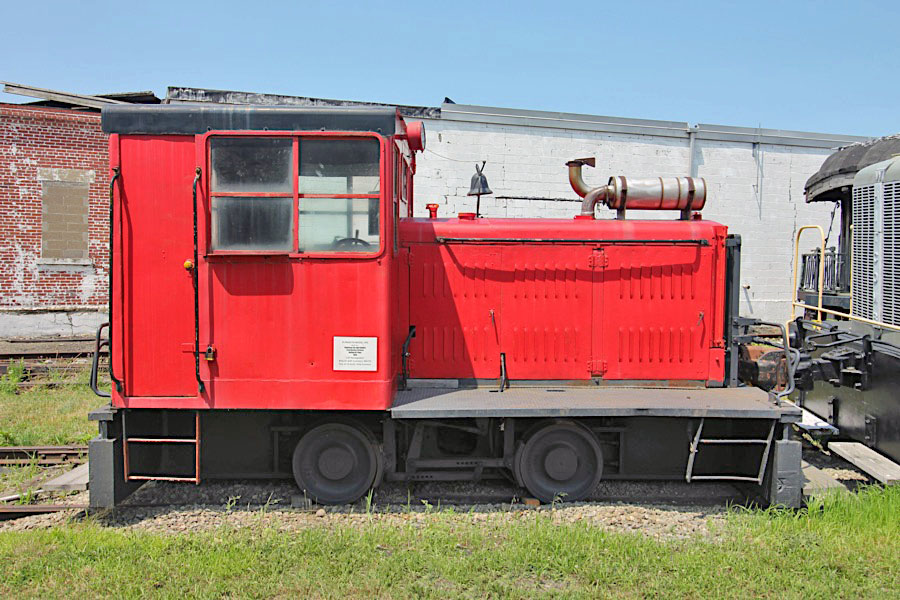
North East, Pa / Jul 2019 / RWH
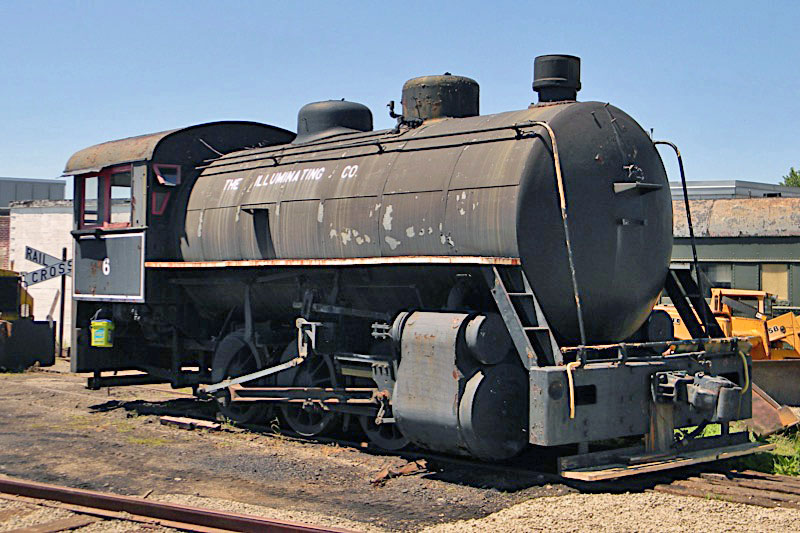
Cleveland Illuminating Company #6
North East, Pa / Aug 2013 / RWH


Cleveland Illuminating Company #6
to Lake Shore Railway Museum
30 were built; only 6 survive

Aug 2013 / RWH
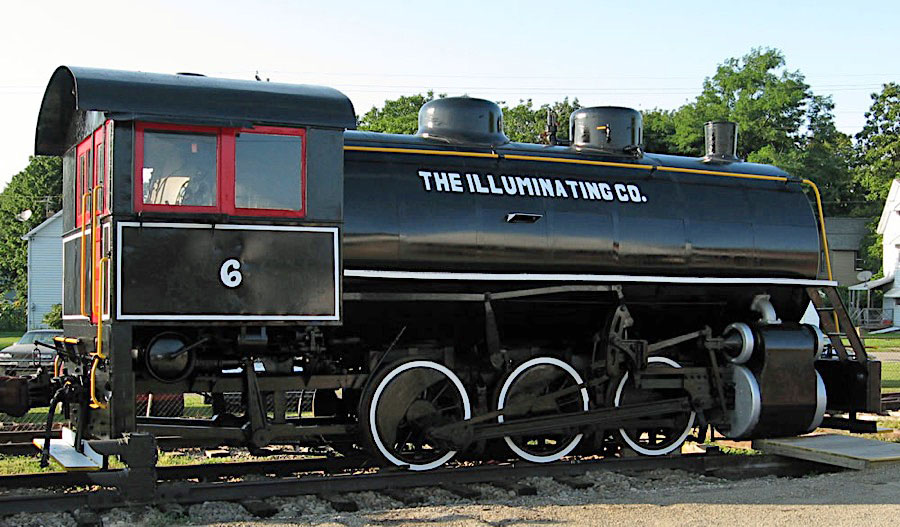
North East, Pa / Lake Shore Railway Museum
 General Electric, Erie
General Electric, Erie
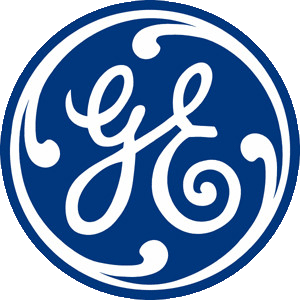 GE Transportation is a division of Wabtec. It was known as GE Rail and owned by General Electric until sold to Wabtec on February 25, 2019. The organization manufactures equipment for the railroad, marine, mining, drilling and energy generation industries. The company was founded in 1907. It is headquartered in Chicago, Illinois while its main manufacturing facility is located in Erie, Pennsylvania. Locomotives are assembled at the Erie plant, while engine manufacturing takes place in Grove City, Pennsylvania. In May 2011, the company announced plans to build a second locomotive factory in Fort Worth, Texas, which opened in January 2013.
GE Transportation is a division of Wabtec. It was known as GE Rail and owned by General Electric until sold to Wabtec on February 25, 2019. The organization manufactures equipment for the railroad, marine, mining, drilling and energy generation industries. The company was founded in 1907. It is headquartered in Chicago, Illinois while its main manufacturing facility is located in Erie, Pennsylvania. Locomotives are assembled at the Erie plant, while engine manufacturing takes place in Grove City, Pennsylvania. In May 2011, the company announced plans to build a second locomotive factory in Fort Worth, Texas, which opened in January 2013.
 GE Transportation is the largest producer of diesel-electric locomotives for both freight and passenger applications in North America, believed to hold up to a 70% market share. It also produces related products, such as railroad signaling equipment, and parts for locomotives and railroad cars, as well as providing repair services for GE and other locomotives.
GE Transportation is the largest producer of diesel-electric locomotives for both freight and passenger applications in North America, believed to hold up to a 70% market share. It also produces related products, such as railroad signaling equipment, and parts for locomotives and railroad cars, as well as providing repair services for GE and other locomotives.
Current locomotives in major production include the GE Evolution Series; for a complete listing, see the list of GE locomotives. In the spring of 2007, GE Transportation Systems rolled out a prototype hybrid diesel-electric locomotive to increase fuel efficiency and reduce emissions. In September 2010, GE Transportation announced plans to commercialise a hybrid design by 2014–15.
On July 27, 2017, GE Transportation announced that production of locomotives will move from Erie, Pennsylvania, to Fort Worth, Texas, by the end of 2018.
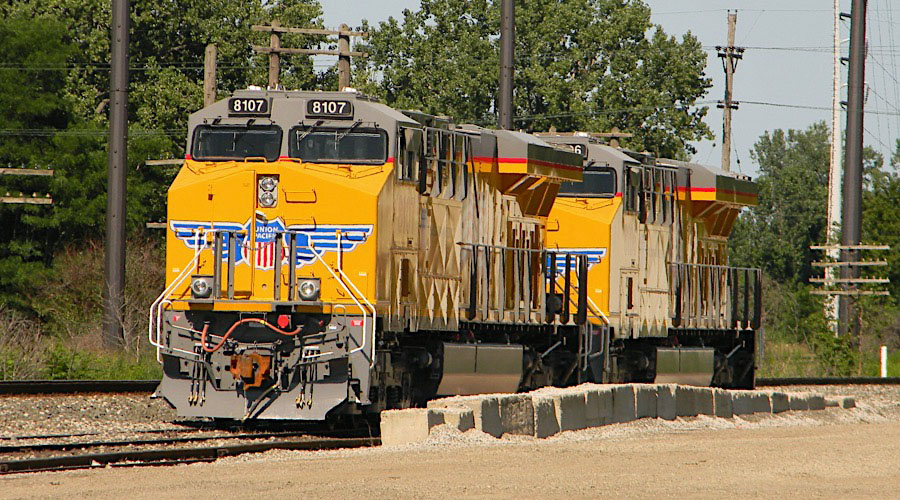
Union Pacific #8107
Erie, Pa / Aug 2013 / RWH

Click to see the General Electric Erie plant plotted on a Google Maps page

